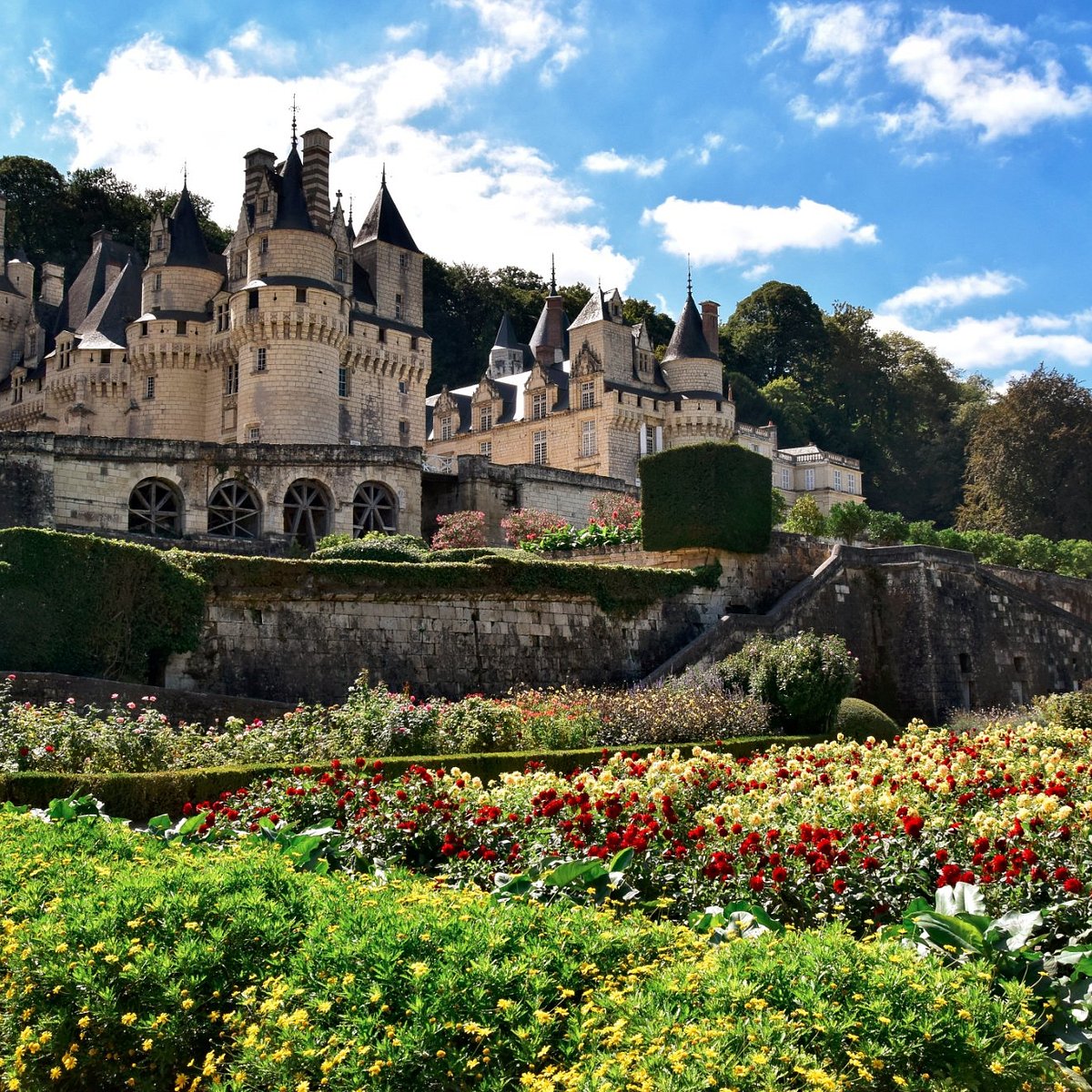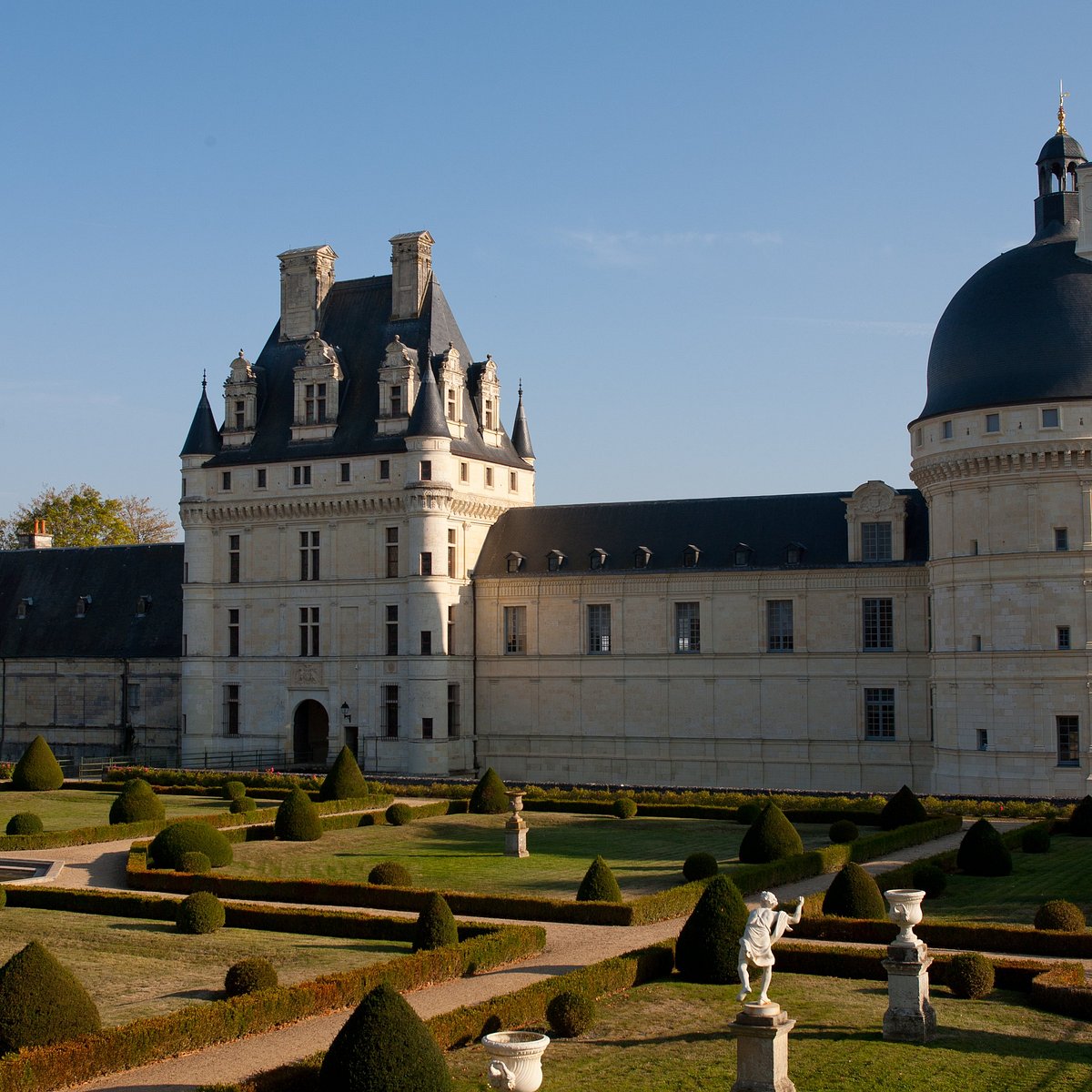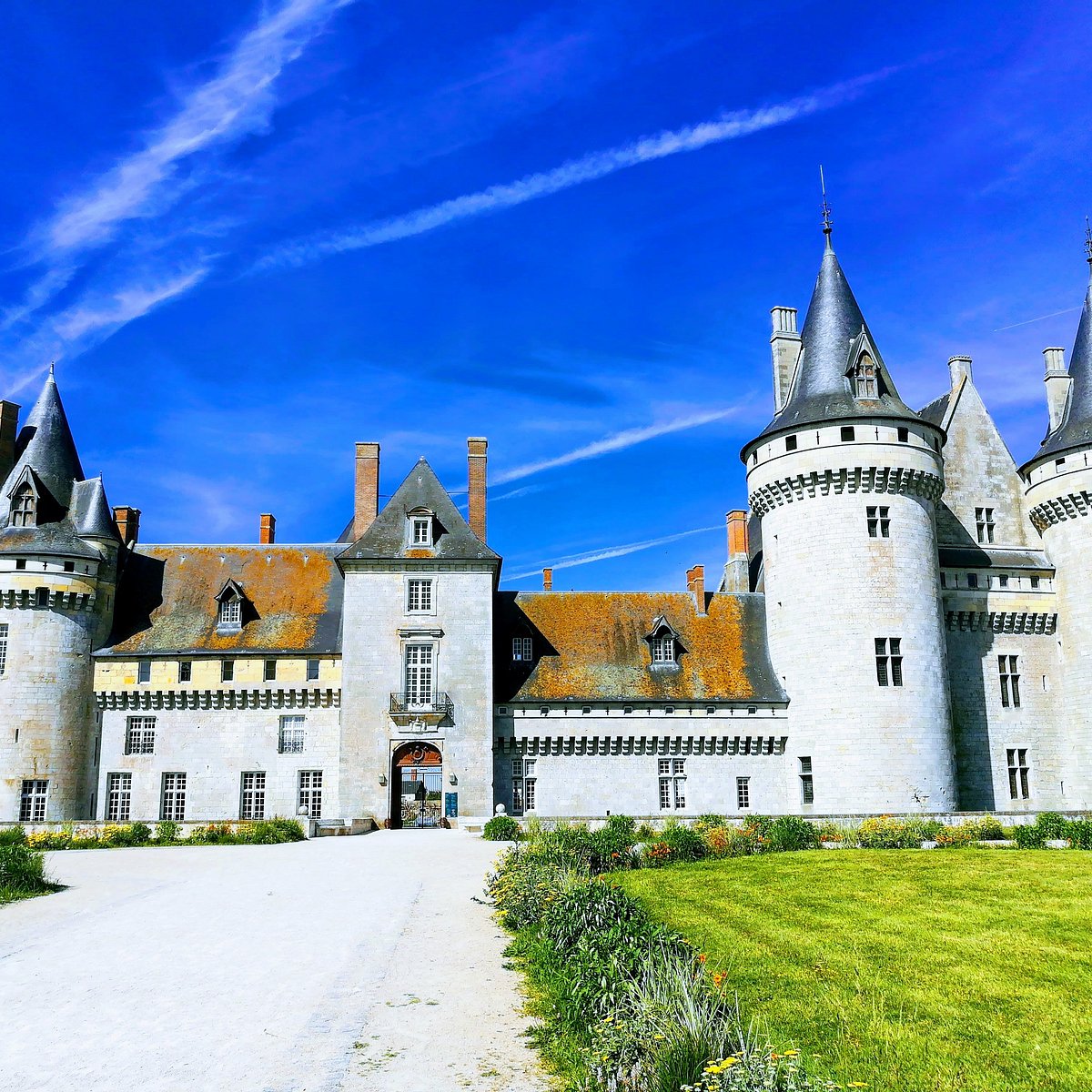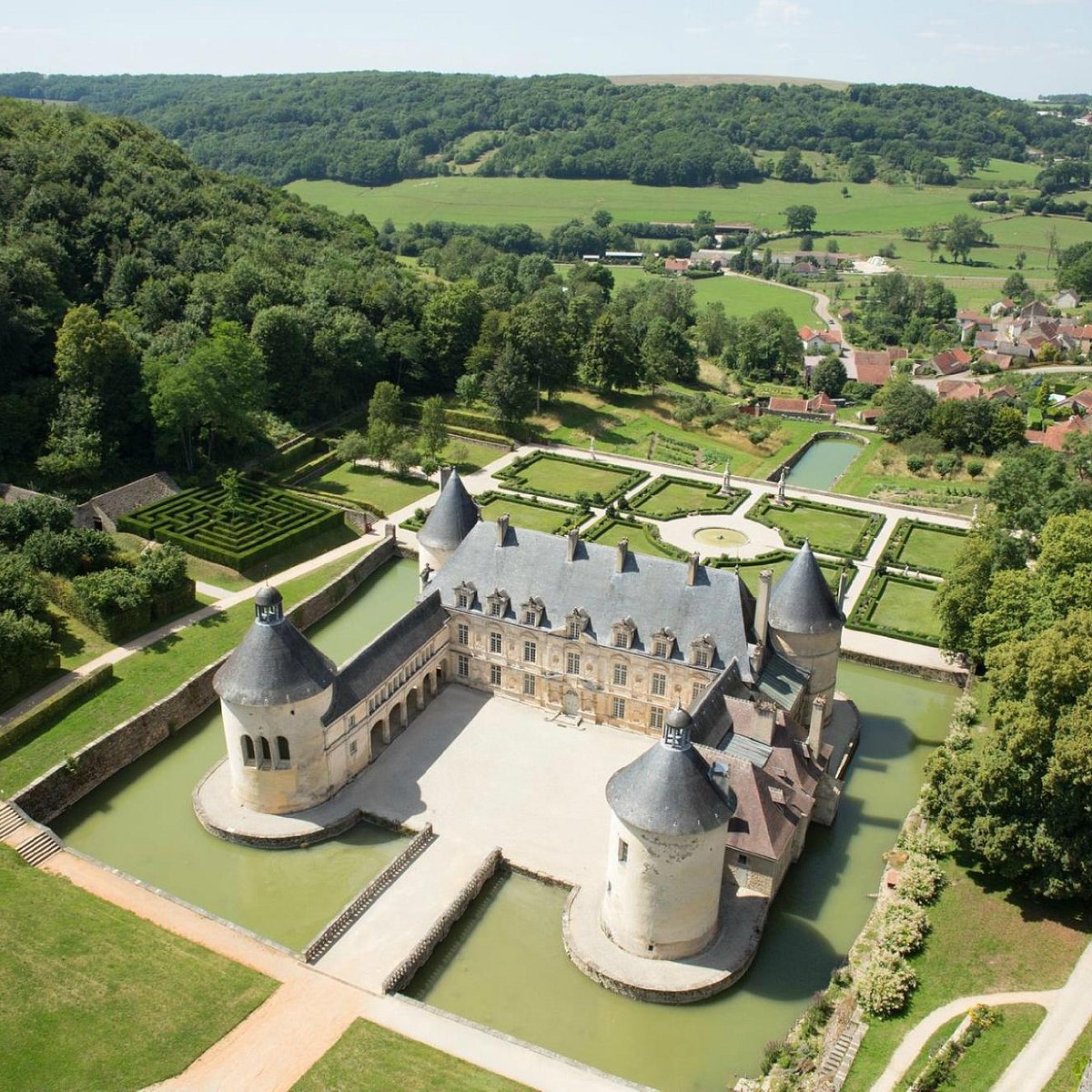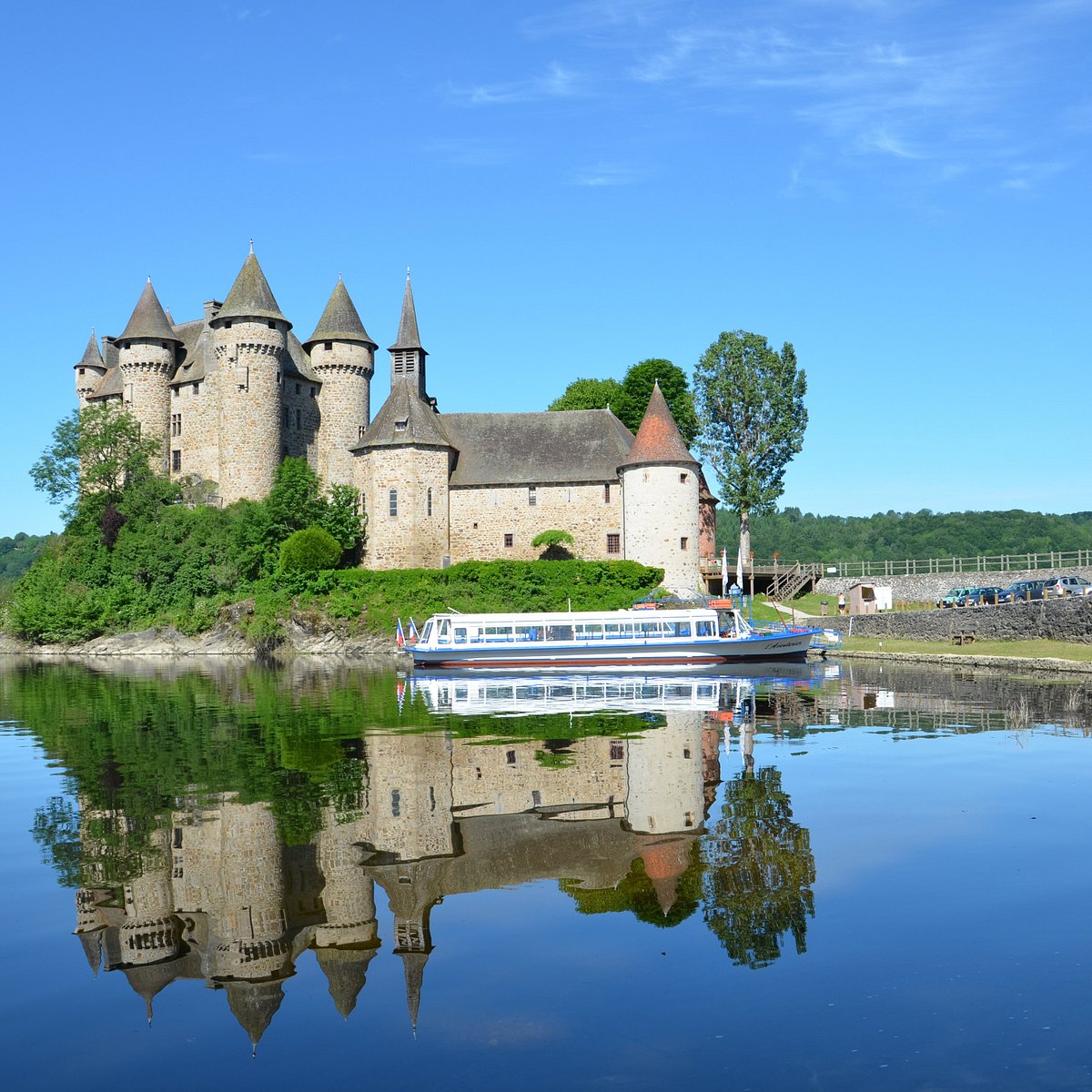Ultimate Chateau Travel Guide for Loire Valley & Central France - 2025

1. Château de Chambord
Saving Castles Regal Ranking 10/10 👑
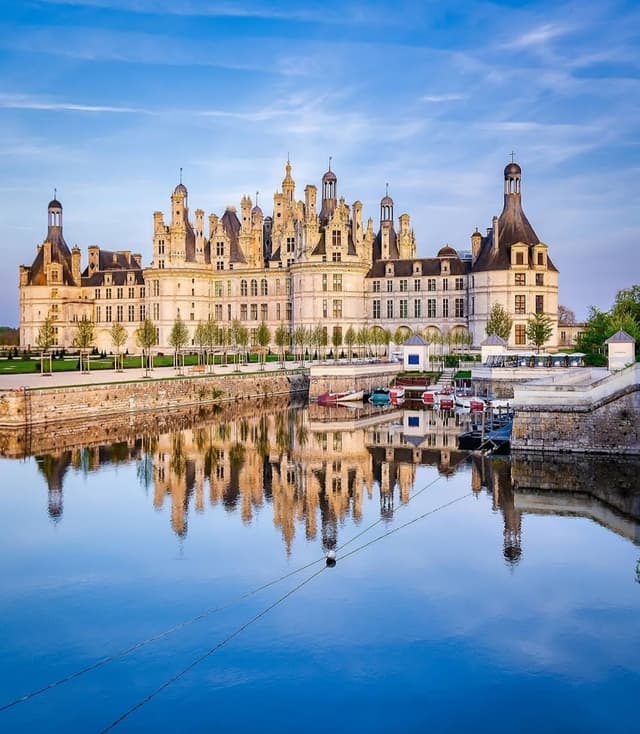
📜 Château de Chambord's History & Visitor Experience:
Château de Chambord, located in the Loire Valley, is the largest and perhaps most recognizable of the French Renaissance châteaux. Built between 1519 and 1547 as a hunting lodge for King Francis I, it's a masterpiece that blends traditional medieval French castle architecture with Italian Renaissance design elements. Despite its distance from Paris, Chambord's exceptional beauty and historical significance make it an essential visit for château enthusiasts.
The château's most striking feature is its distinctive French Renaissance architecture, particularly its roofline. The roof is adorned with an elaborate array of chimneys, turrets, and dormers, creating a skyline that resembles a small city. At the center of the château is the famous double-helix staircase, attributed by some to Leonardo da Vinci, which allows two people to ascend or descend simultaneously without meeting.
Visitors get to experience Chambord's vast and impressive scale, with 440 rooms, 282 fireplaces, and 84 staircases spread over 156 meters of facade. The château is surrounded by a 52.5-square-kilometer wooded park and game reserve enclosed by a 31-kilometer wall, the largest enclosed forest park in Europe. Today, Château de Chambord stands as a testament to the ambition and artistic vision of the French Renaissance, attracting visitors from around the world who come to marvel at its architectural splendor and rich history.
🎫 Recommended Tickets & Tours:
🛏️ Lodging Near Château de Chambord:
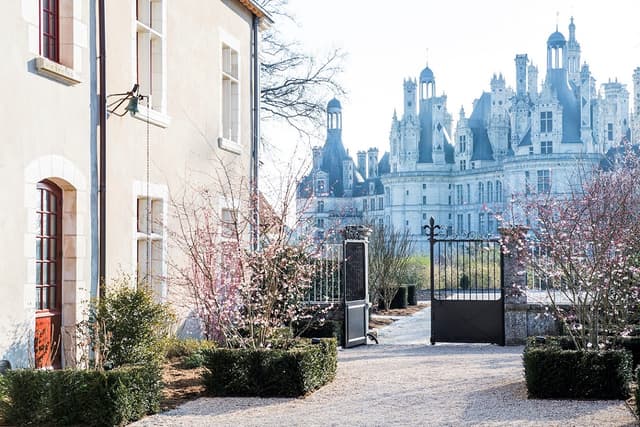
🍽️ Dining Near Château de Chambord:
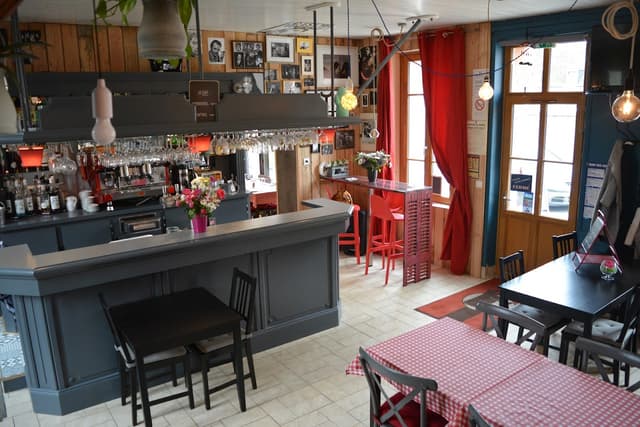
2. Château de Chenonceau
Saving Castles Regal Ranking 10/10 👑
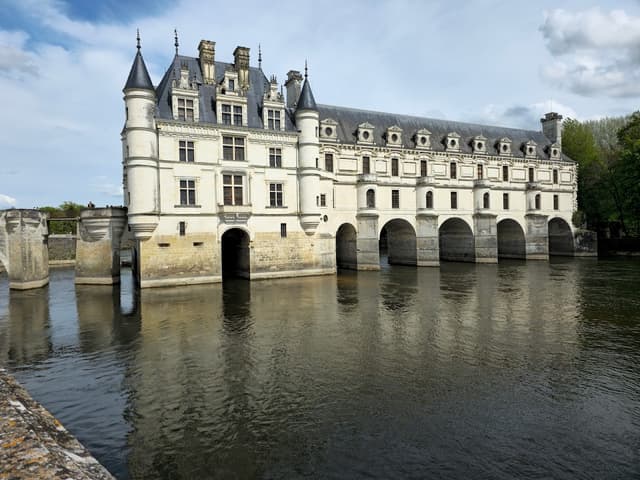
📜 Château de Chenonceau's History & Visitor Experience:
Château de Chenonceau, often called the "Ladies' Castle," is one of the most famous and beautiful castles in the Loire Valley. Built in the 16th century, it spans the River Cher in a unique and graceful design that seems to float on the water. This architectural marvel is renowned for its distinctive blend of late Gothic and early Renaissance styles. The château's stunning interiors, including tapestries and Old Master paintings, offer an immersive experience of Renaissance splendor. Its picturesque setting and well-preserved state, combined with its historical significance, create an unforgettable visitor experience. Despite being in the Loire Valley, its popularity ensures good accessibility.
The château's history is closely tied to a series of powerful women who shaped its destiny. Notably, Catherine de' Medici, who acquired the castle in 1559, added the famous two-story gallery over the bridge. This gallery, with its elegant arches and numerous windows, became a vibrant center of French aristocratic social life during the Renaissance. The château's interiors are equally impressive, featuring exquisite furnishings, tapestries, and paintings that reflect the refined tastes of its various owners.
Chenonceau's formal gardens, designed by Diane de Poitiers and Catherine de' Medici, add to its allure. These meticulously maintained gardens showcase the horticultural artistry of the French Renaissance. Today, Château de Chenonceau stands as one of France's most visited and photographed castles, captivating visitors with its romantic setting, rich history, and the legacy of the remarkable women who shaped it. Its unique architecture and historical significance make it an enduring symbol of French Renaissance splendor.
🎫 Recommended Tickets & Tours:
🛏️ Lodging Near Château de Chenonceau:
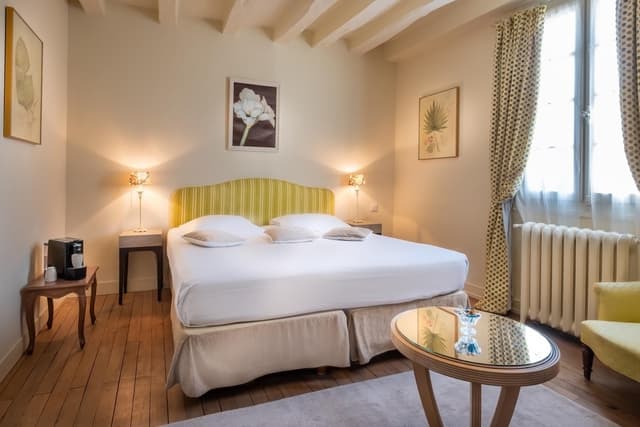
🍽️ Dining Near Château de Chenonceau:
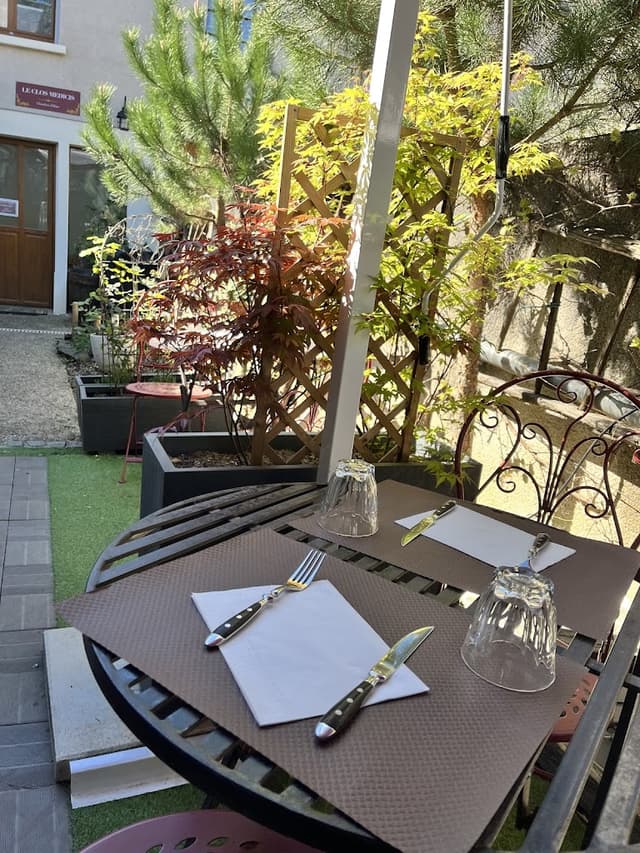
3. Château Royal d'Amboise
Saving Castles Regal Ranking 9/10 👑
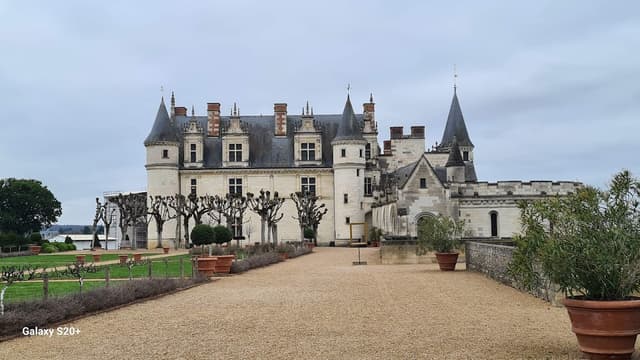
📜 Château Royal d'Amboise's History & Visitor Experience:
Château Royal d'Amboise, perched high above the Loire River, is a testament to both royal power and Renaissance elegance. Originally built as a medieval fortress in the 11th century, it was transformed into a lavish royal residence during the 15th and 16th centuries under the reigns of Kings Charles VIII and François I. The castle's well-preserved state, including its impressive ramparts and gardens, offers visitors a journey through French royal life. Its location in the heart of the Loire Valley makes it highly accessible. The château's historical importance and architectural beauty make it a must-visit destination.
The château played a pivotal role in French history, serving as a favored residence of French kings for over two centuries. It was here that the young Mary Stuart, Queen of Scots, was raised, and where Leonardo da Vinci spent his final years as a guest of François I. The castle's Gothic chapel of Saint-Hubert houses Leonardo's tomb, adding to its historical significance.
Architecturally, Château d'Amboise blends medieval military strength with Renaissance refinement. Its imposing towers and fortified walls contrast with elegant loggias and ornate gardens, reflecting the transition from medieval fortress to Renaissance palace. The château's terrace offers breathtaking panoramic views of the Loire Valley, a feature that undoubtedly contributed to its strategic importance and royal appeal. Today, though much reduced from its original grandeur due to demolitions during the French Revolution, Château d'Amboise remains a magnificent example of early French Renaissance architecture and a symbol of royal power in the Loire Valley.
🎫 Recommended Tickets & Tours:
🛏️ Lodging Near Château Royal d'Amboise:
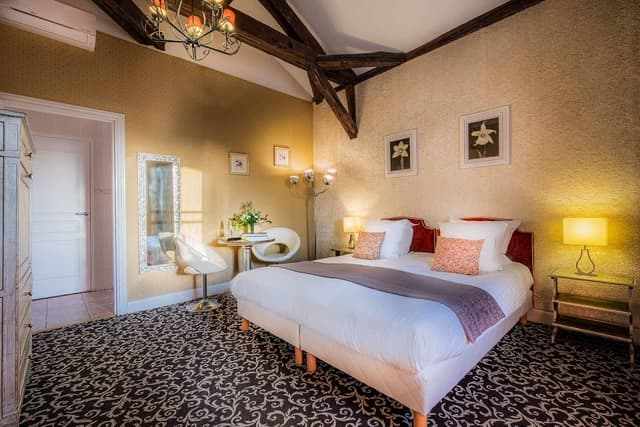
🍽️ Dining Near Château Royal d'Amboise:
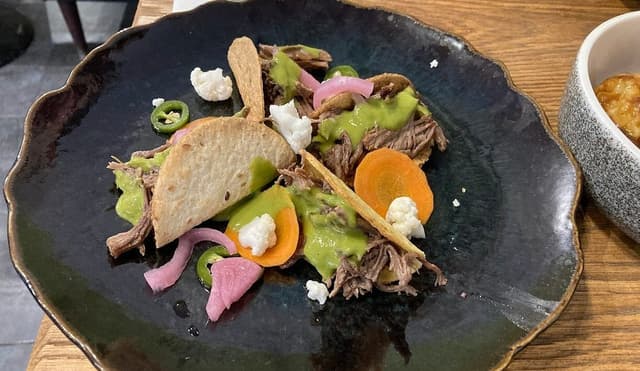
4. Royal Château of Blois
Saving Castles Regal Ranking 9/10 👑
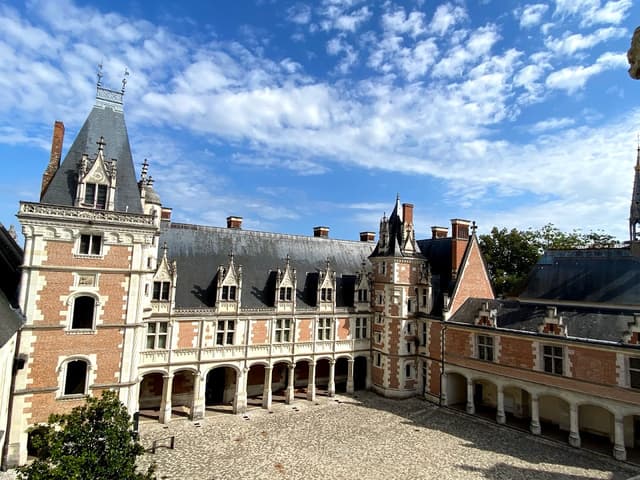
📜 Royal Château of Blois's History & Visitor Experience:
The Royal Château of Blois, located in the Loire Valley town of Blois, is a remarkable showcase of French architecture spanning four distinct periods. Originally built as a medieval fortress in the 13th century, it evolved into a royal palace and played a significant role in French history. Its central location in Blois ensures good accessibility. The château's museum, featuring fine artworks and period furnishings, enhances its educational value, making it a standout destination in the Loire Valley.
The château's most striking feature is its unique blend of architectural styles, each representing a different era of French history. The medieval fortress, the Gothic wing of Louis XII, the Renaissance wing of François I, and the Classical wing of Gaston d'Orléans all coexist harmoniously, creating a veritable textbook of French architecture. The François I wing, with its iconic outdoor spiral staircase adorned with sculptures, is particularly noteworthy as a masterpiece of French Renaissance design.
Historically, the Château of Blois was a favorite residence of French kings, with seven kings and ten queens living within its walls. It was the site of numerous historical events, including the assassination of the Duke of Guise on the orders of King Henry III in 1588. Today, the château houses a fine arts museum and hosts a spectacular son et lumière show that brings its rich history to life. Its diverse architecture and royal heritage make it a must-visit destination for those interested in French history and culture.
🎫 Recommended Tickets & Tours:
🛏️ Lodging Near Royal Château of Blois:
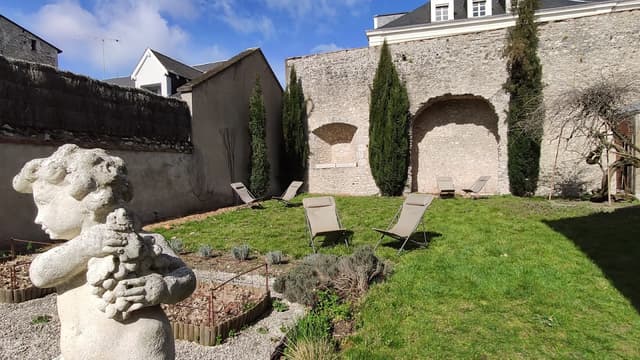
🍽️ Dining Near Royal Château of Blois:
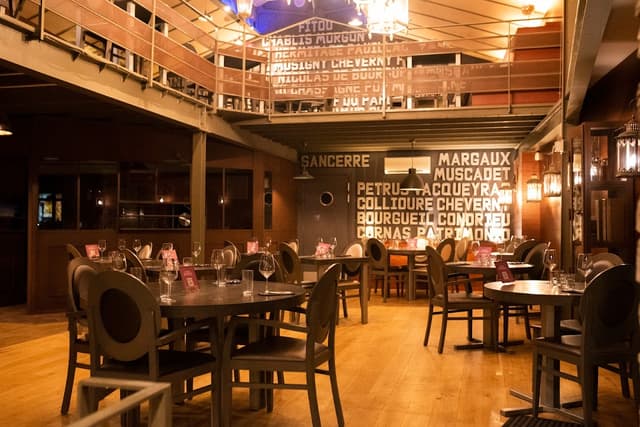
5. Château de Cheverny
Saving Castles Regal Ranking 8/10 👑
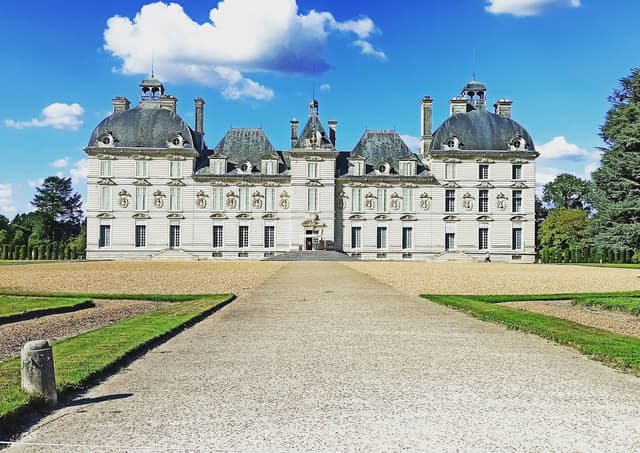
📜 Château de Cheverny's History & Visitor Experience:
Château de Cheverny, located in the Loire Valley, is renowned for its remarkable preservation and architectural harmony. Built between 1624 and 1630, it is one of the finest examples of early 17th-century French architecture and has been owned by the same family for over six centuries. The château's beautifully preserved rooms, impressive art collection, and expansive gardens provide a rich visitor experience. Its kennels and hunting traditions add a distinctive touch. While not as grand as some royal residences, Cheverny's charm, accessibility, and family history make it a delightful destination.
The château's exterior is a masterpiece of symmetry and elegance, showcasing the classical style of the Louis XIII period. Its white stone façade, adorned with elaborate sculpted decorations, presents a striking contrast to the deep slate roofs. Unlike many other Loire Valley castles, Cheverny was built in a single architectural style, giving it a unique sense of cohesion and balance.
Inside, Cheverny boasts some of the most sumptuously decorated interiors of any Loire château. The rooms are furnished with an impressive collection of antiques, tapestries, and artwork, many of which have been in the family for generations. The castle is particularly famous for its pack of 100 hunting dogs, a tradition maintained by the owners, and for its connection to popular culture as the inspiration for Marlinspike Hall in Hergé's Tintin comics. The surrounding park and gardens, including a recently added tulip garden, add to the château's charm. Today, Château de Cheverny offers visitors a glimpse into the refined lifestyle of the French nobility and stands as a beautifully preserved example of 17th-century French architecture.
🎫 Recommended Tickets & Tours:
🛏️ Lodging Near Château de Cheverny:
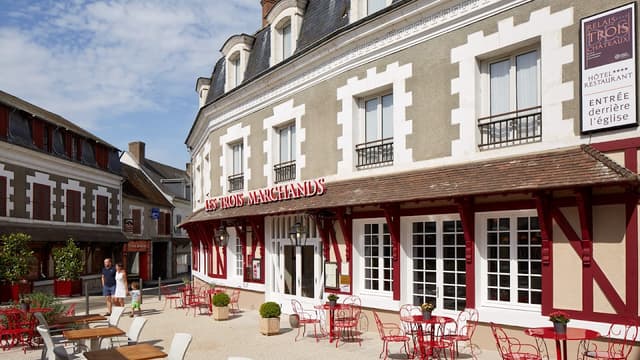
🍽️ Dining Near Château de Cheverny:
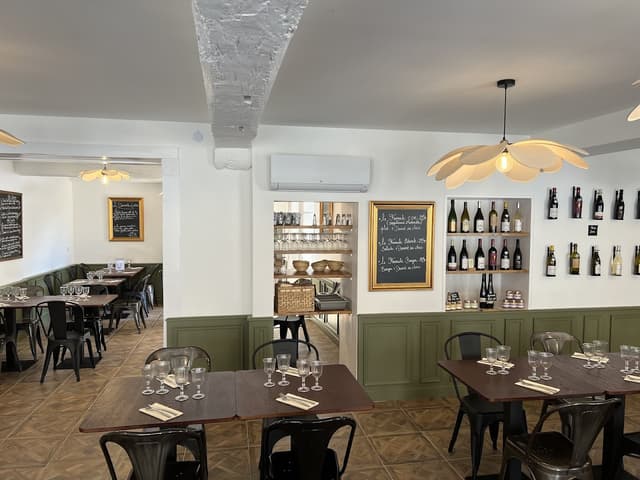
6. Château d'Azay-le-Rideau
Saving Castles Regal Ranking 8/10 👑
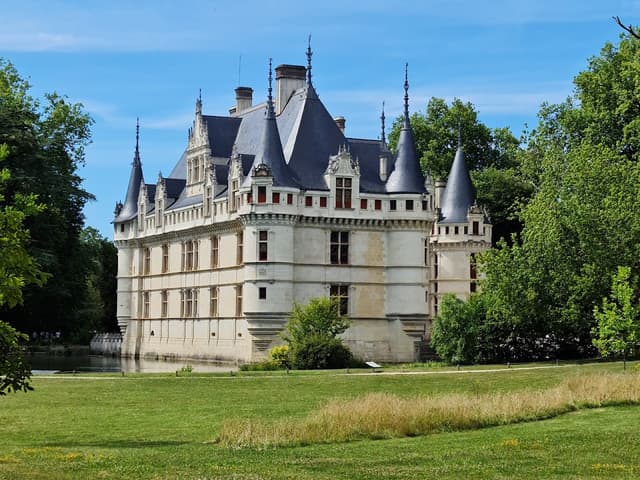
📜 Château d'Azay-le-Rideau's History & Visitor Experience:
Chateau d'Azay-le-Rideau, a Renaissance masterpiece, seems to float on its own reflection in the Indre River. It is truly one of the most elegant and picturesque castles of the Loire Valley. Built between 1518 and 1527 by Gilles Berthelot, a wealthy financier, it is considered a masterpiece of early French Renaissance architecture. The château's beautifully restored interiors and surrounding English-style gardens offer a serene visitor experience. While smaller than some Loire Valley castles, its picturesque setting and architectural harmony make it a photographer's dream. Its location ensures good accessibility for Loire Valley travelers.
The château's most striking feature is its reflection in the surrounding water, creating a dreamlike quality that has captivated visitors for centuries. Its architectural design blends French tradition with innovative Italian decor, showcasing the transition from Gothic to Renaissance styles. The castle's façades are adorned with mullioned windows, sculptured dormers, and elegant turrets, all harmoniously arranged to create a sense of perfect balance and refinement.
Inside, the château houses a rich collection of Renaissance furniture, tapestries, and artworks, offering visitors a glimpse into 16th-century aristocratic life. The grand staircase, a revolutionary feature for its time, is particularly noteworthy. In recent years, Château d'Azay-le-Rideau has undergone extensive restoration, further enhancing its beauty. The surrounding English-style park, with its ancient trees and views of the castle reflected in the water, adds to the romantic atmosphere. Today, this "Diamond set in the Indre," as Balzac described it, continues to be one of the most admired and photographed châteaux in France, embodying the elegance and artistic achievement of the Renaissance period.
🎫 Recommended Tickets & Tours:
🛏️ Lodging Near Château d'Azay-le-Rideau:
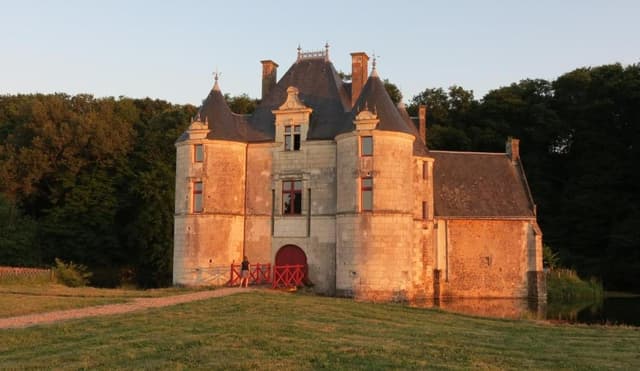
🍽️ Dining Near Château d'Azay-le-Rideau:

7. Château de Villandry
Saving Castles Regal Ranking 9/10 👑
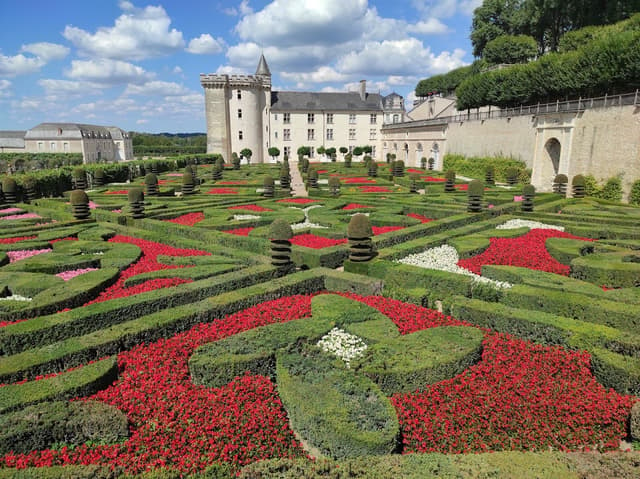
📜 Château de Villandry's History & Visitor Experience:
Château de Villandry, located in the Loire Valley, is renowned for its exceptional gardens, which are among the most spectacular in France. Built in the early 16th century, it was the last of the great Renaissance châteaux erected on the banks of the Loire River. While the château itself is less grandiose than some peers, its harmonious architecture complements the gardens perfectly. The interiors offer a glimpse into 18th and 19th-century life. Villandry's exceptional landscaping, historical significance, and good accessibility make it a must-visit destination in the Loire Valley.
The château itself, while impressive, is often overshadowed by its world-famous gardens. The building combines elements of French Renaissance architecture with subtle medieval influences. Its interior, restored in the early 20th century, showcases a blend of Renaissance and 18th-century styles, offering visitors a glimpse into different periods of French aristocratic life.
However, it's the gardens of Villandry that truly set it apart. Reconstructed in the early 20th century based on Renaissance designs, they are divided into distinct sections: the ornamental garden, the water garden, the herb garden, and most famously, the intricate vegetable gardens. These potagers are laid out in geometric patterns, using vegetables of different colors to create a living tapestry that changes with the seasons. The gardens not only demonstrate horticultural mastery but also reflect Renaissance ideals of order, beauty, and harmony. Today, Château de Villandry stands as a testament to the art of garden design and continues to inspire visitors with its breathtaking landscape architecture.
🎫 Recommended Tickets & Tours:
🛏️ Lodging Near Château de Villandry:
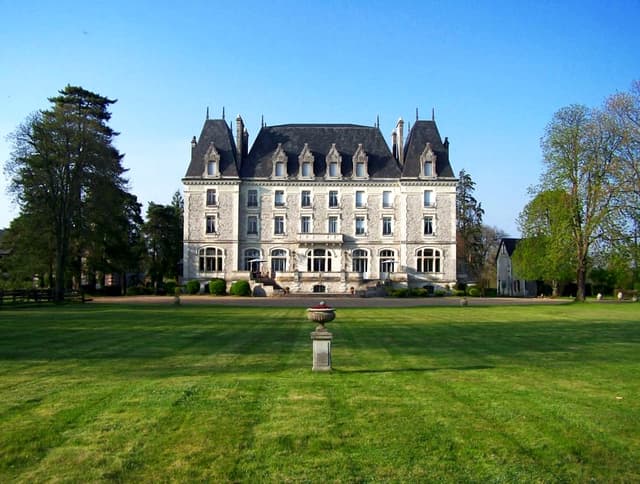
🍽️ Dining Near Château de Villandry:
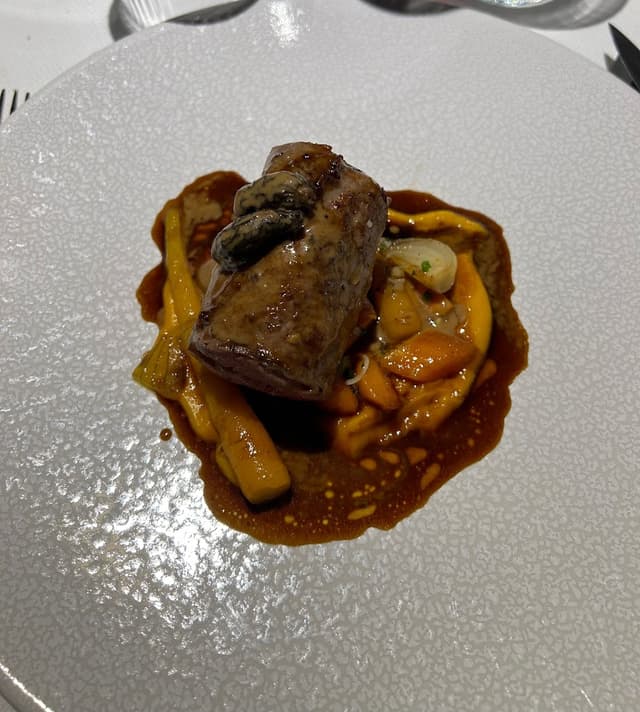
8. Château d'Usse
Saving Castles Regal Ranking 7/10 👑
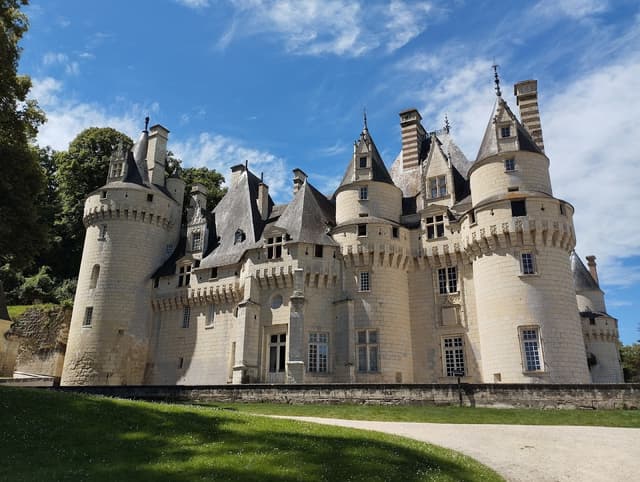
📜 Château d'Usse's History & Visitor Experience:
Château d'Ussé, often referred to as the "Sleeping Beauty Castle," stands majestically in the Loire Valley, overlooking the Indre River. Built in the 15th century on the site of a medieval fortress, it has since been modified and embellished, resulting in a harmonious blend of Gothic and Renaissance styles. Its unique exhibits bringing the Sleeping Beauty tale to life add whimsy to the historical experience. While less historically significant than some royal residences, Usse's romantic appeal and literary connections make it a captivating Loire Valley destination. CopyRetry
The château's fairytale appearance is said to have inspired Charles Perrault when writing "Sleeping Beauty," and it's easy to see why. With its iconic blue-slate roofs, impressive towers, and romantic silhouette, Ussé epitomizes the enchanting castles of French folklore. The exterior presents a striking combination of defensive medieval architecture and more ornate Renaissance features, creating a unique and picturesque façade.
Inside, visitors can explore lavishly decorated rooms that showcase period furnishings, tapestries, and artworks spanning several centuries. The castle's connection to the Sleeping Beauty tale is celebrated with a special exhibit featuring scenes from the story. Surrounding the château are beautiful formal gardens designed by Le Nôtre, the landscape architect famous for his work at Versailles. These gardens, along with the castle's picturesque setting and architectural beauty, make Château d'Ussé a captivating destination that brings fairy tales to life.
🎫 Recommended Tickets & Tours:
🛏️ Lodging Near Château d'Usse:
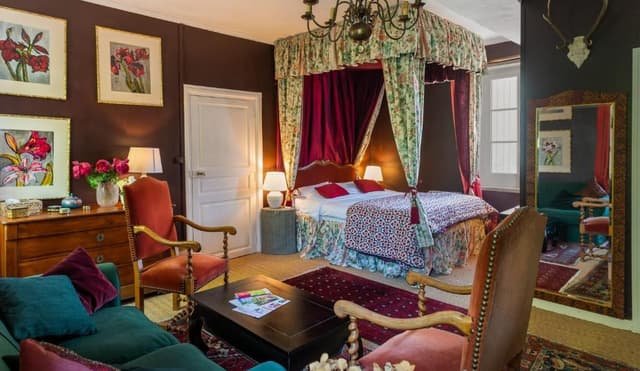
🍽️ Dining Near Château d'Usse:
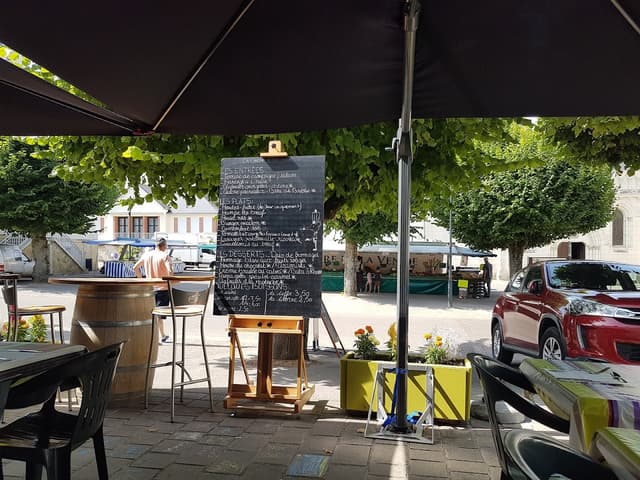
9. Château de Saumur
Saving Castles Regal Ranking 7/10 👑
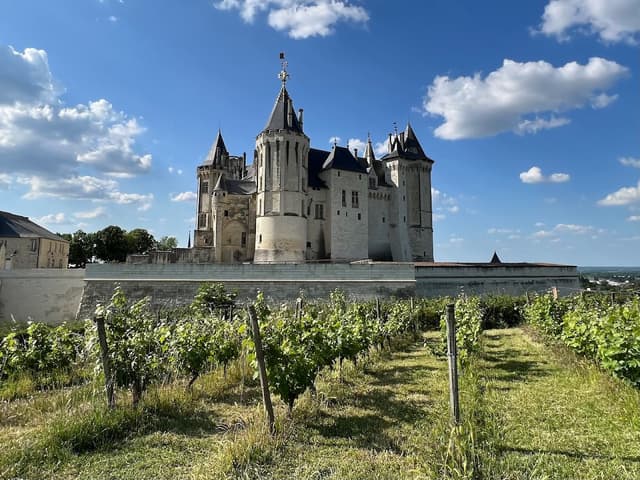
📜 Château de Saumur's History & Visitor Experience:
Château de Saumur, perched dramatically above the Loire River in the town of Saumur, is a striking example of late medieval architecture with significant Renaissance influences. Originally built in the 10th century as a fortress, it was rebuilt in the late 14th and early 15th centuries to serve as a palace for the Dukes of Anjou. While less opulent than some Loire Valley peers, its historical significance, distinctive appearance, and strategic location make it a noteworthy destination. The château's connection to the nearby National Riding School adds equestrian interest.
The château's distinctive silhouette, with its high slate roofs, pointed towers, and gleaming white tuffeau stone walls, has made it an iconic landmark of the Loire Valley. Its architectural style represents a transition between the medieval castle and the Renaissance palace, combining defensive features with more ornate and comfortable living spaces. The octagonal towers at each corner of the rectangular keep are particularly noteworthy, giving the château its fairy-tale appearance.
Throughout its history, Château de Saumur has served various purposes, including as a prison, an arms depot, and even a horse riding school. Today, it houses the Municipal Museum, which includes collections of decorative arts, ceramics, and an impressive array of horse-riding equipment, reflecting Saumur's long-standing equestrian tradition. The château offers panoramic views of the Loire River and the surrounding vineyards, embodying the rich historical and cultural heritage of the region. Its image, famously depicted in the Très Riches Heures du Duc de Berry, continues to captivate visitors as a quintessential representation of Loire Valley castles.
🎫 Recommended Tickets & Tours:
🛏️ Lodging Near Château de Saumur:
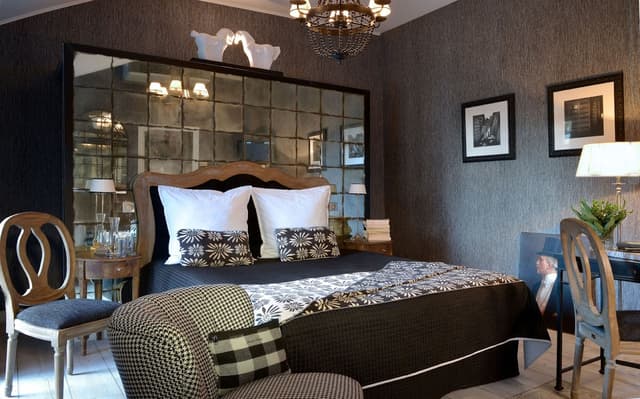
🍽️ Dining Near Château de Saumur:
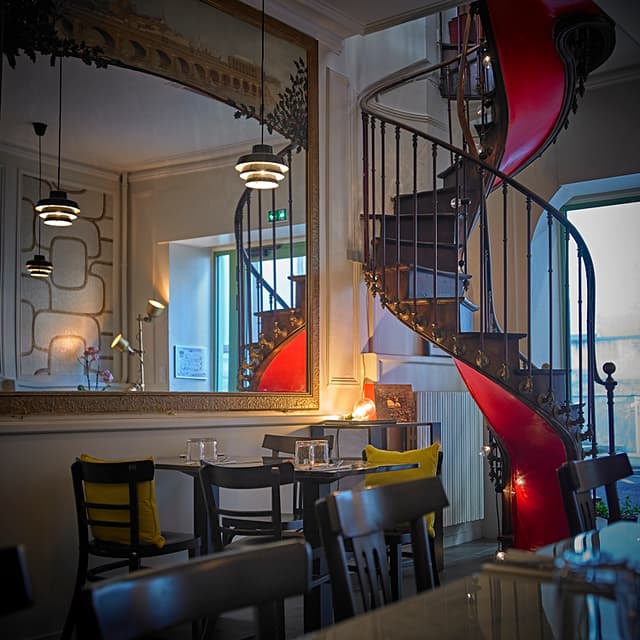
10. Château d'Angers
Saving Castles Regal Ranking 8/10 👑
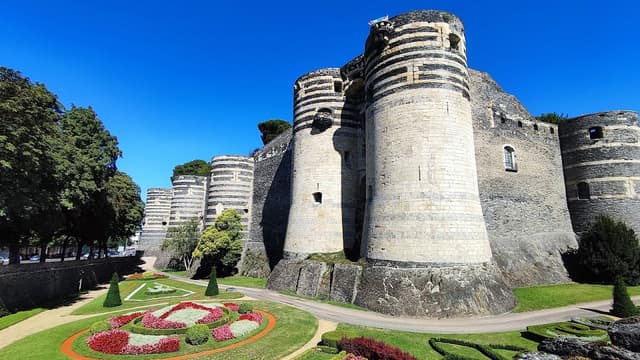
📜 Château d'Angers's History & Visitor Experience:
Château d'Angers, located in the city of Angers in western France, is a formidable medieval fortress that stands as a testament to both military architecture and royal power. Built in the 13th century by Louis IX (Saint Louis), it was designed to protect the region against the incursions of Brittany and Normandy. Its rich history, dating back to the 9th century, and well-preserved state offer visitors a journey through time. Located in the heart of Angers, it boasts excellent accessibility and stands as a testament to medieval French power.
The castle's most striking feature is its massive exterior wall, stretching nearly 500 meters in length and punctuated by 17 round towers. These towers, each 18 meters high and up to 3.5 meters thick, are striped with horizontal bands of light and dark stone, creating a distinctive and imposing appearance. This unique pattern, known as "checkerboard masonry," is a hallmark of Angevin architecture.
Inside the fortress walls, the château houses the extraordinary Apocalypse Tapestry, commissioned in the late 14th century by Louis I, Duke of Anjou. At over 100 meters in length, it is the largest medieval tapestry in the world and a masterpiece of medieval art. The castle grounds also feature beautiful gardens, including a vineyard and a hanging garden. Today, Château d'Angers serves as a museum and stands as a powerful symbol of medieval military architecture and the artistic patronage of the Dukes of Anjou.
🎫 Recommended Tickets & Tours:
🛏️ Lodging Near Château d'Angers:
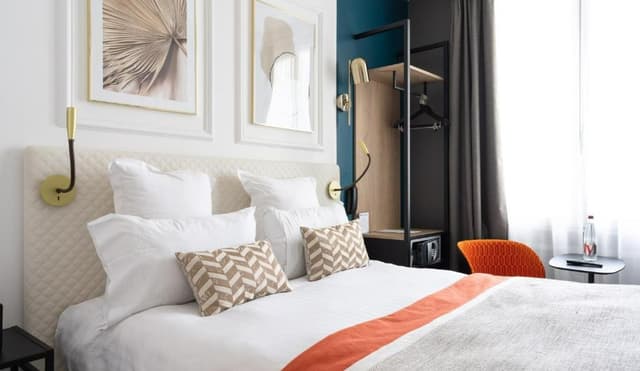
🍽️ Dining Near Château d'Angers:
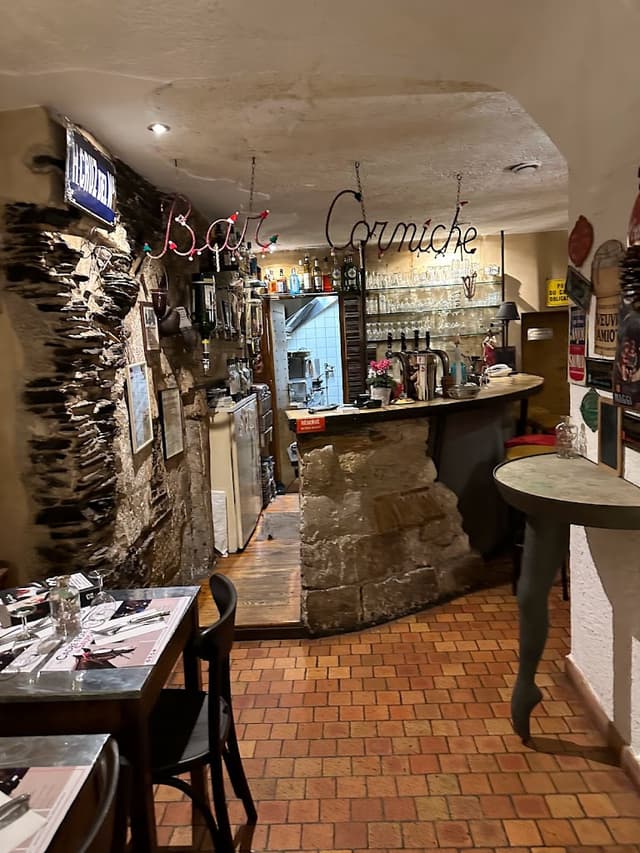
11. Château de Langeais
Saving Castles Regal Ranking 7/10 👑
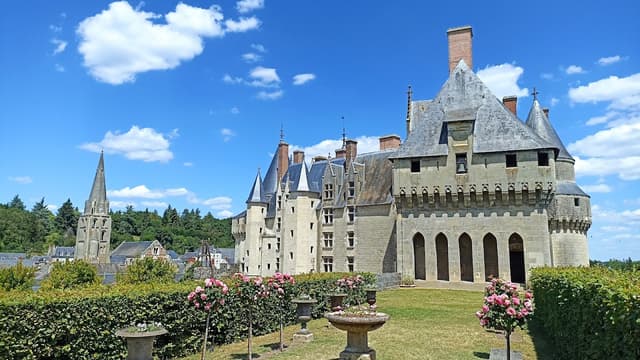
📜 Château de Langeais's History & Visitor Experience:
Château de Langeais, situated in the Loire Valley, is a remarkable example of late medieval architecture with early Renaissance influences. Built in 1465 by King Louis XI, it stands on the site of an earlier fortress constructed by Fulk Nerra in the 10th century, remnants of which can still be seen. The château is notable for its historical significance, particularly as the site of Charles VIII's marriage to Anne of Brittany. A unique feature is its detailed waxwork exhibition depicting this royal wedding. While smaller than some Loire Valley castles, Langeais provides an intimate and authentic glimpse into late 15th-century noble life.
The château's exterior presents a striking contrast between its medieval military facade and its more refined interior courtyard. The river-facing side features an imposing wall with machicolations and a drawbridge, reflecting its defensive origins. In contrast, the courtyard side showcases elegant windows and decorative elements that hint at the transition to Renaissance style.
Langeais is particularly noted for its historical significance as the site of the marriage between King Charles VIII and Anne of Brittany in 1491, a union that marked a crucial step in the unification of France. Inside, the château is richly furnished with period tapestries, furniture, and artwork, offering visitors a vivid glimpse into late 15th-century aristocratic life. The great hall, where the royal wedding took place, is especially noteworthy. Today, Château de Langeais stands as a well-preserved example of the evolution from medieval fortress to Renaissance palace, providing insight into a pivotal period in French history.
🎫 Recommended Tickets & Tours:
🛏️ Lodging Near Château de Langeais:

🍽️ Dining Near Château de Langeais:
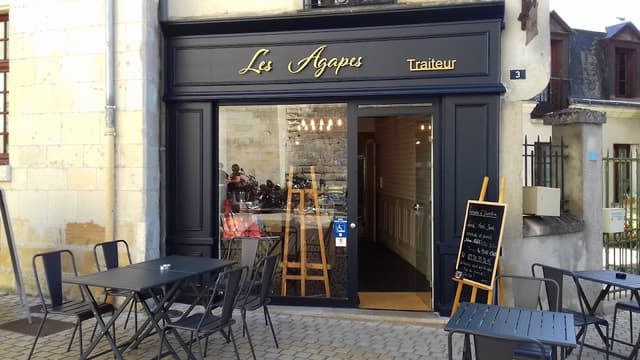
12. Château du Clos Luce
Saving Castles Regal Ranking 8/10 👑
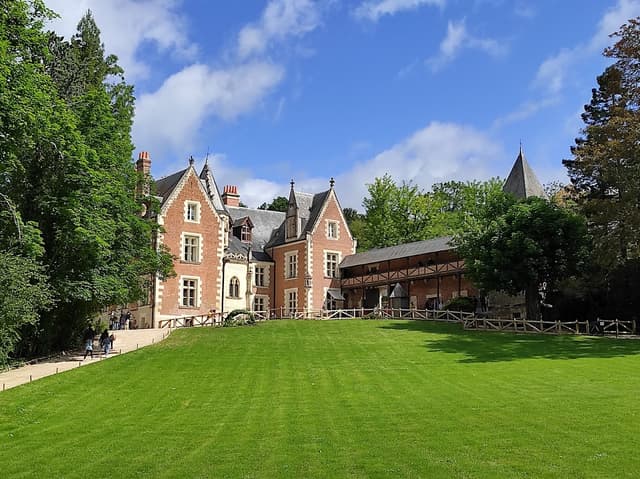
📜 Château du Clos Luce's History & Visitor Experience:
Château du Clos Lucé, located in Amboise in the Loire Valley, is best known as the final residence of Leonardo da Vinci. This modest manor house, built in the late 15th century, gained its place in history when King Francis I invited the Italian polymath to live there as the "First Painter, Engineer, and Architect to the King" in 1516. Its gardens showcase working models of his inventions, creating an interactive experience. While smaller than many Loire Valley castles, Clos Lucé's connection to da Vinci and its beautifully curated exhibitions make it an exceptional destination for art and science enthusiasts alike.
The château's architecture is a charming example of late Gothic and early Renaissance style. Its pink brick and white stone exterior, typical of the region, creates a warm and inviting appearance. Unlike the grand royal châteaux of the Loire, Clos Lucé maintains a more intimate scale, befitting its original purpose as a summer residence for the kings of France.
Today, Château du Clos Lucé is dedicated to the memory and works of Leonardo da Vinci. Visitors can explore rooms furnished as they might have been during Leonardo's time, including his bedroom and studio. The château's grounds feature a park where full-size models of Leonardo's inventions are displayed. Interactive exhibits and multimedia presentations throughout the property bring Leonardo's genius to life, making Clos Lucé not just a historic site, but an immersive journey into the mind of one of history's greatest innovators. The combination of its architectural charm and its association with Leonardo da Vinci makes Château du Clos Lucé a unique and inspiring destination in the Loire Valley.
🎫 Recommended Tickets & Tours:
🛏️ Lodging Near Château du Clos Luce:
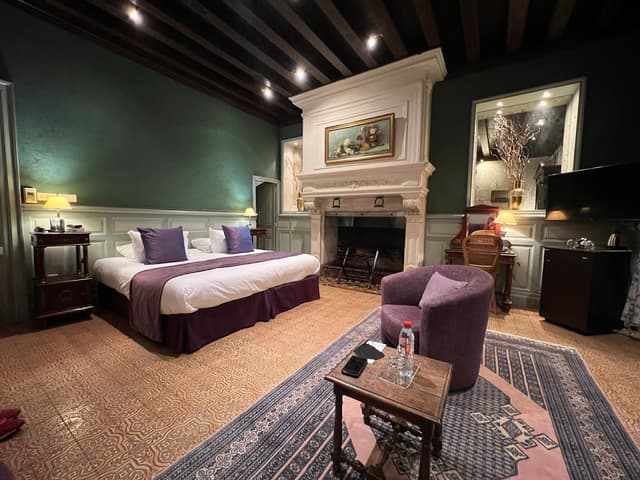
🍽️ Dining Near Château du Clos Luce:
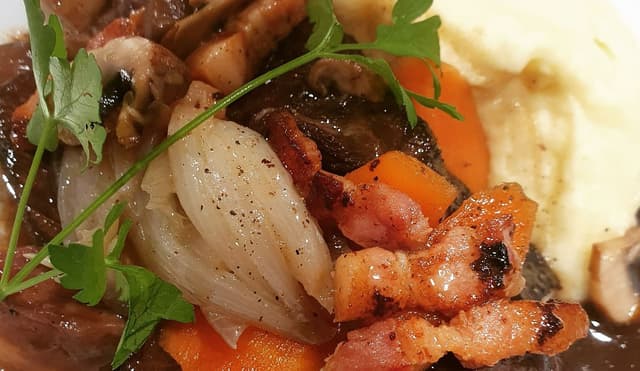
13. Château de Chaumont-sur-Loire
Saving Castles Regal Ranking 8/10 👑
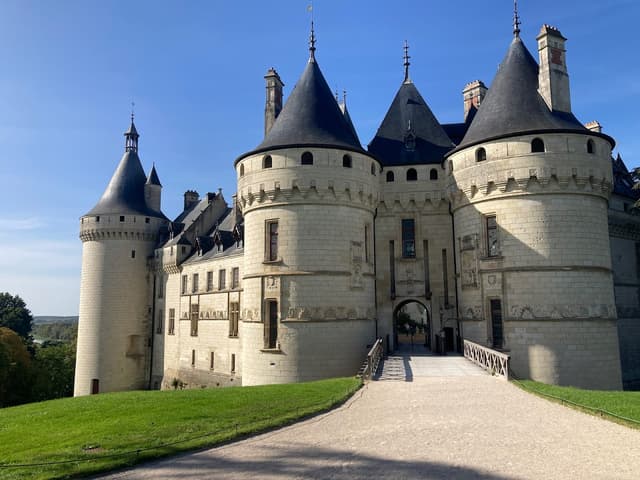
📜 Château de Chaumont-sur-Loire's History & Visitor Experience:
Château de Chaumont-sur-Loire, perched high above the Loire River, is a stunning example of Renaissance architecture with a rich and varied history. Originally built in the 10th century as a fortress, it was rebuilt in the late 15th and early 16th centuries, transforming it into an elegant château. Chaumont's blend of architectural beauty, artistic innovation, and picturesque setting makes it a standout Loire Valley destination, appealing to history buffs and garden enthusiasts alike.
The castle's most striking features are its Gothic-Renaissance blend of architecture, with pointed towers, dormer windows, and an impressive drawbridge at the entrance. The château's silhouette, with its mix of medieval defensive elements and Renaissance refinement, creates a picturesque vision that embodies the romantic ideal of a Loire Valley castle.
Chaumont has a fascinating history, having been home to many notable figures including Catherine de' Medici, who acquired it in 1560. Today, the château is renowned for its International Garden Festival, held annually since 1992. This event transforms the castle grounds into a showcase of contemporary garden design, attracting visitors and landscapers from around the world. The combination of its historic architecture, rich interiors featuring period furnishings and tapestries, and the innovative garden festival makes Château de Chaumont-sur-Loire a unique destination that bridges past and present in the Loire Valley.
🎫 Recommended Tickets & Tours:
🛏️ Lodging Near Château de Chaumont-sur-Loire:
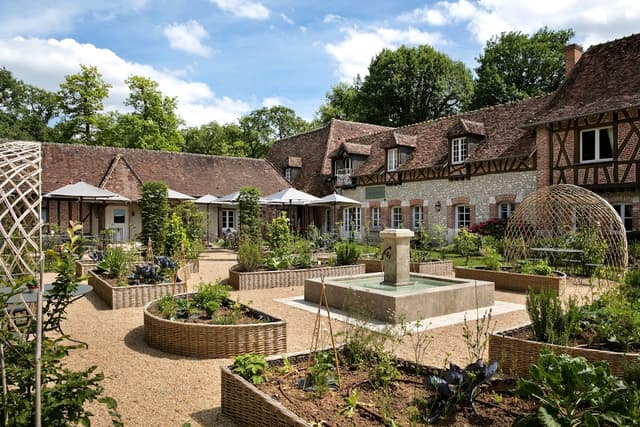
🍽️ Dining Near Château de Chaumont-sur-Loire:
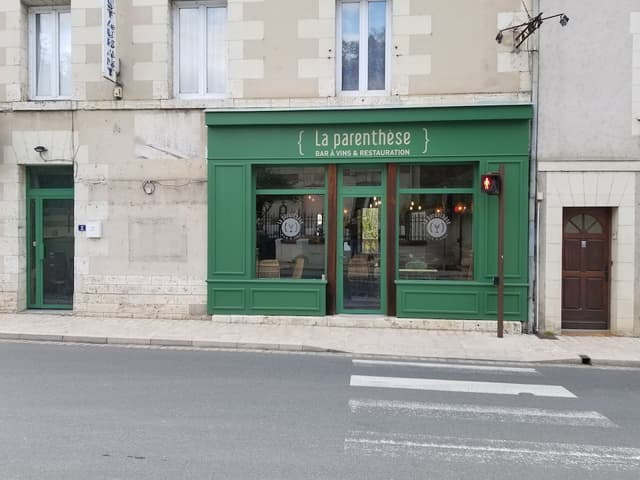
14. Château de Valençay
Saving Castles Regal Ranking 7/10 👑
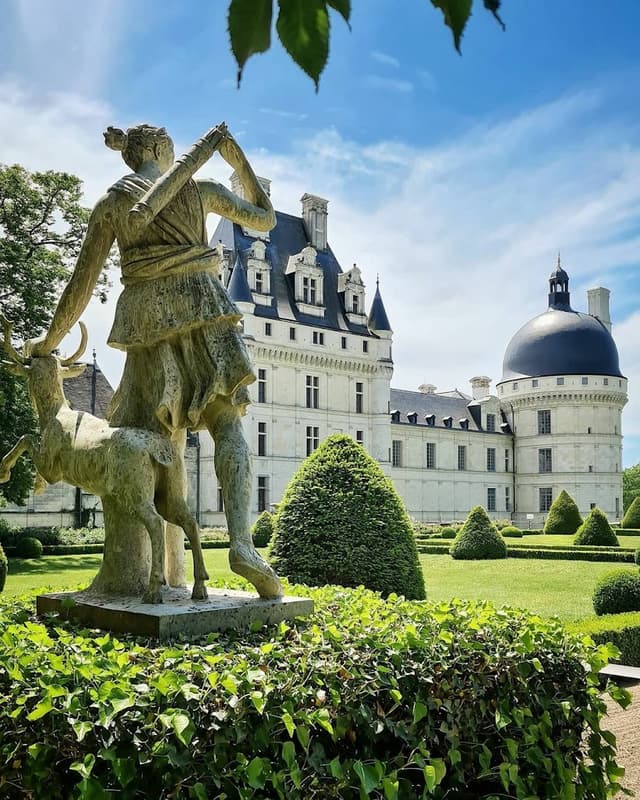
📜 Château de Valençay's History & Visitor Experience:
Château de Valençay, located in the Loire Valley, is a magnificent example of Renaissance and Classical architecture. Built in the 16th and 18th centuries, it harmoniously blends various architectural styles, creating a unique and impressive appearance. The château's extensive grounds feature formal gardens, a maze, and a small farm. Its well-preserved state and historical significance provide an engaging visitor experience. While less famous than some Loire Valley castles, Valencay's architectural beauty and unique history make it a rewarding destination.
The château is particularly notable for its association with Charles Maurice de Talleyrand-Périgord, Napoleon's foreign minister. Talleyrand acquired the castle in 1803 and used it to host many distinguished guests, including world leaders and diplomats. The château's opulent interiors reflect Talleyrand's refined taste and his role in French politics during the Napoleonic era and beyond.
Valençay's architecture is characterized by its elegant façade, featuring a central Renaissance-style section flanked by two imposing towers. The château is surrounded by beautiful formal gardens and a vast park, which includes a vineyard producing the local Valençay wine. Inside, visitors can explore lavishly decorated rooms, including Talleyrand's private apartments, the grand state rooms, and an impressive art collection. Today, Château de Valençay stands as a testament to both Renaissance grandeur and 19th-century diplomacy, offering visitors a glimpse into different periods of French history and architectural evolution.
🎫 Recommended Tickets & Tours:
🛏️ Lodging Near Château de Valençay:
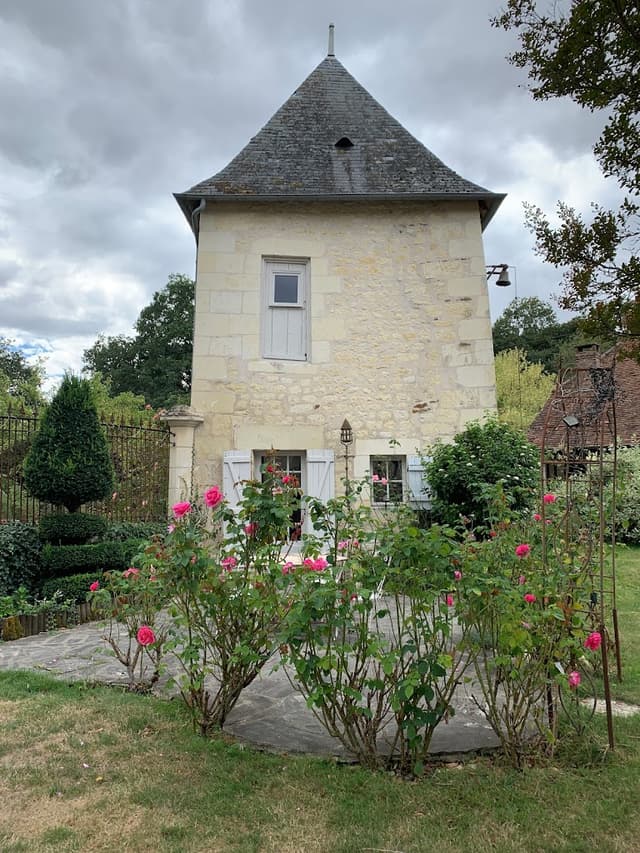
🍽️ Dining Near Château de Valençay:
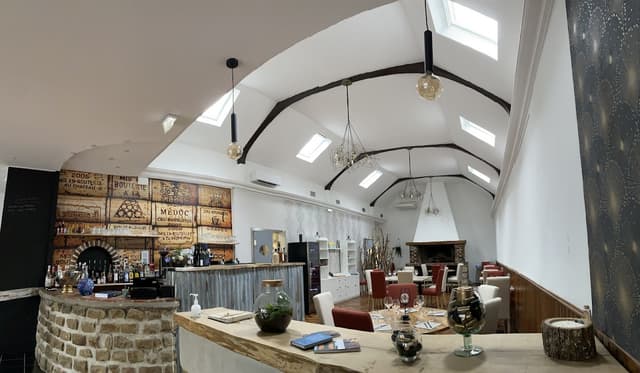
15. Château de Sully-sur-Loire
Saving Castles Regal Ranking 7/10 👑
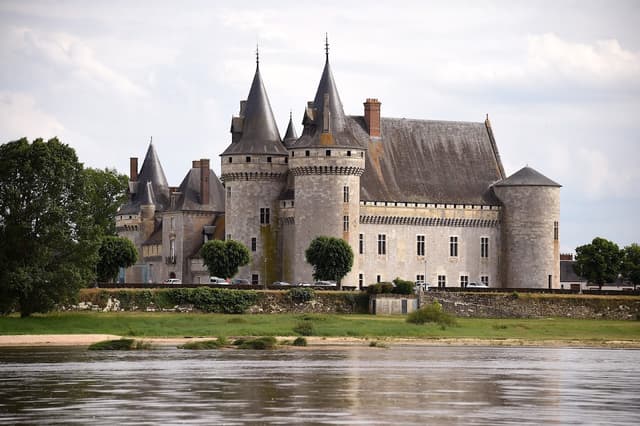
📜 Château de Sully-sur-Loire's History & Visitor Experience:
Château de Sully-sur-Loire, situated in the Loire Valley, is a striking example of medieval military architecture that evolved into a comfortable seigneurial residence. Built in the 14th century, it was originally designed as a fortress to control one of the few sites where the Loire River could be crossed. While less ornate than some Loire castles, Sully-sur-Loire's fortress-like charm and rich history make it a distinctive visit.
The castle's most distinctive feature is its massive cylindrical towers with conical roofs, which give it a fairy-tale appearance despite its military origins. The keep, or donjon, is particularly impressive, standing 36 meters high and surrounded by a wide moat. This formidable structure has walls up to 3 meters thick, demonstrating its original defensive purpose.
Historically, the château is significant as the seat of the Dukes of Sully, most notably Maximilien de Béthune, Duke of Sully, who was King Henry IV's trusted minister. Under his ownership, the castle was transformed from a medieval fortress into a more comfortable residence. Today, visitors can explore the beautifully furnished rooms, including the Guard Room with its remarkable 14th-century coffered ceiling. The château also houses a collection of tapestries and period furniture. Surrounded by English-style gardens and a park, Château de Sully-sur-Loire offers a fascinating glimpse into both medieval military architecture and the lifestyle of the French nobility in later centuries.
🎫 Recommended Tickets & Tours:
🛏️ Lodging Near Château de Sully-sur-Loire:
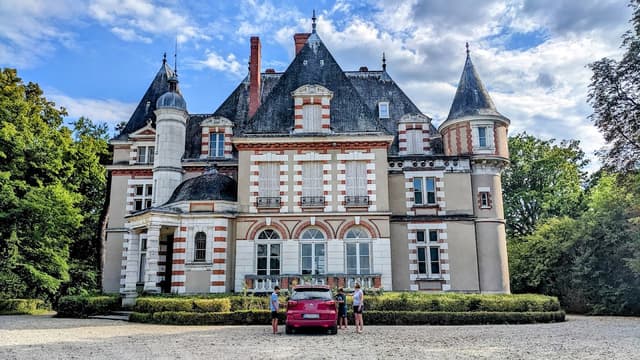
🍽️ Dining Near Château de Sully-sur-Loire:
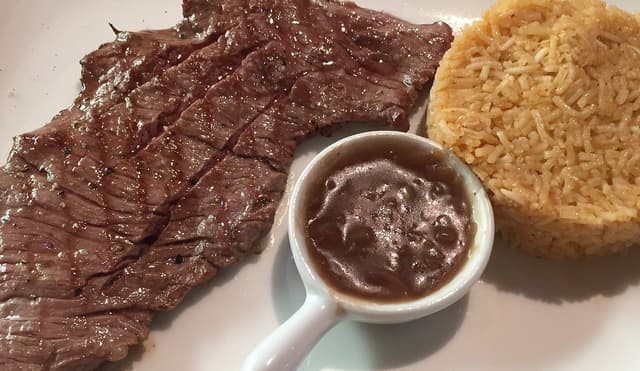
16. Château de Beauregard
Saving Castles Regal Ranking 6/10 👑
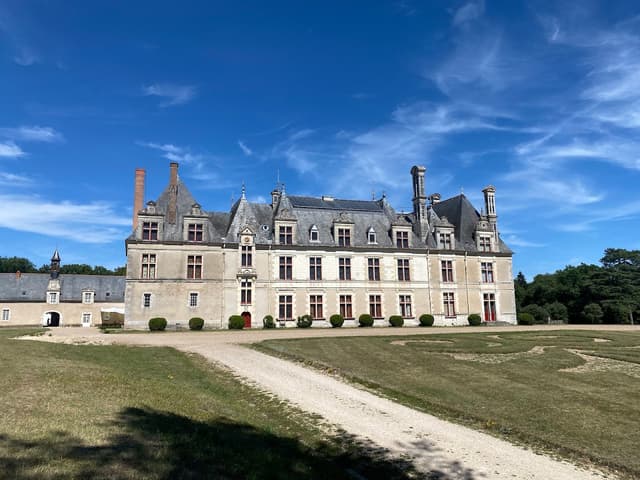
📜 Château de Beauregard's History & Visitor Experience:
Château de Beauregard, located in the Loire Valley near Blois, is a charming and unique castle known for its remarkable interior and historical significance. Built in the 15th century and extensively remodeled in the Renaissance style during the 16th and 17th centuries, it stands as a fine example of the transition from medieval fortress to elegant country residence. Its well-preserved interiors and fascinating portrait collection provide insights into French history. The château's peaceful setting and distinctive features make it a rewarding stop for art and history enthusiasts.
The château's most famous feature is its extraordinary Portrait Gallery, which houses 327 portraits of important European figures from the 14th to 17th centuries. This gallery, created in the 17th century, is unique in Europe and provides a fascinating visual history of the continent's most influential personalities. The floor of this gallery is equally impressive, covered with 5,500 Delft tiles depicting scenes of soldiers and hunting, creating an optical illusion of a three-dimensional carpet.
Beauregard's exterior is more modest compared to some of its grander Loire Valley neighbors, but it possesses a quiet elegance with its harmonious Renaissance façade and picturesque setting. The château is surrounded by beautiful gardens and a park, including a recently added "jardin des portraits," which echoes the theme of the famous gallery. Today, Château de Beauregard offers visitors a blend of art, history, and architecture, providing a unique perspective on Renaissance and Early Modern European culture through its exceptional collection of portraits and its well-preserved interiors.
🎫 Recommended Tickets & Tours:
🛏️ Lodging Near Château de Beauregard:
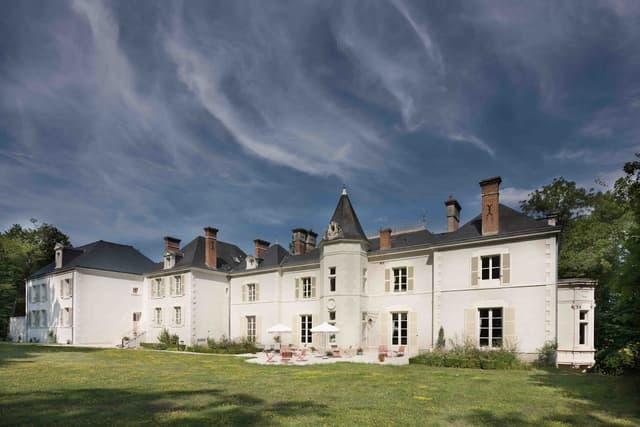
🍽️ Dining Near Château de Beauregard:
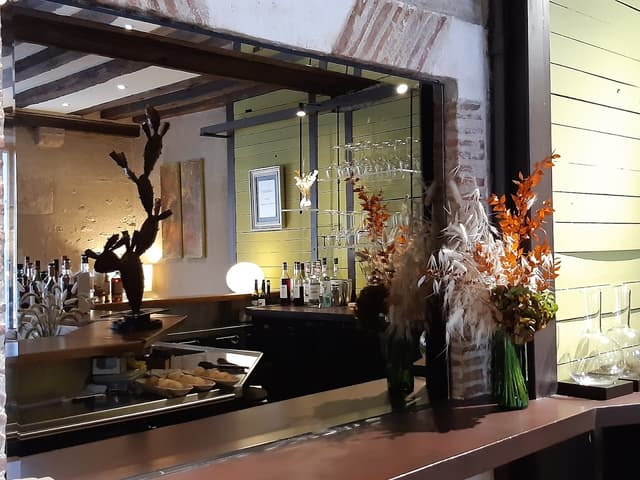
17. Château de Meung-sur-Loire
Saving Castles Regal Ranking 6/10 👑
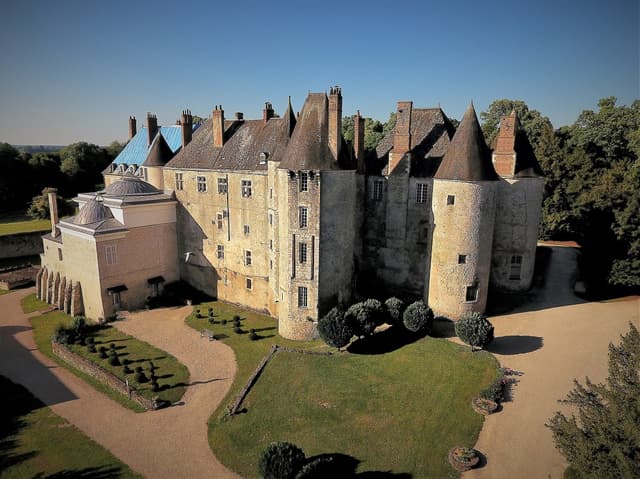
📜 Château de Meung-sur-Loire's History & Visitor Experience:
Château de Meung-sur-Loire, located in the Loire Valley, is a fascinating blend of medieval and classical architecture. Often referred to as the "Castle of Two Faces," it showcases a striking contrast between its 13th-century façade and its 18th-century classical side. While less famous than major Loire castles, Meung-sur-Loire's unique architecture and varied history provide an engaging and less crowded visitor experience.
The castle's history spans over a thousand years, having been the residence of the Bishops of Orléans from the 12th to the 18th centuries. Its strategic location on the Loire made it an important site during the Hundred Years' War, and it briefly housed Joan of Arc in 1429 during her campaign to liberate Orléans.
🎫 Recommended Tickets & Tours:
🛏️ Lodging Near Château de Meung-sur-Loire:
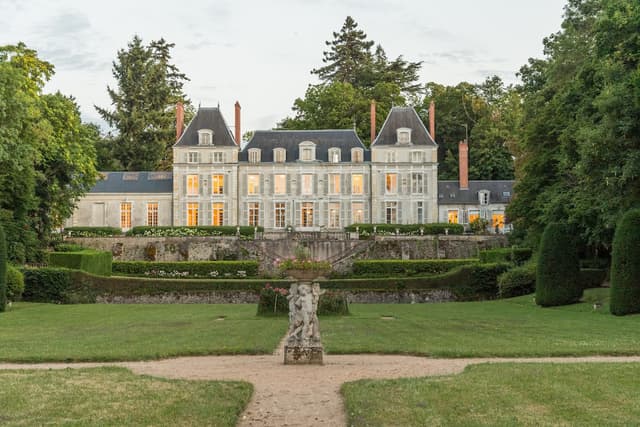
🍽️ Dining Near Château de Meung-sur-Loire:
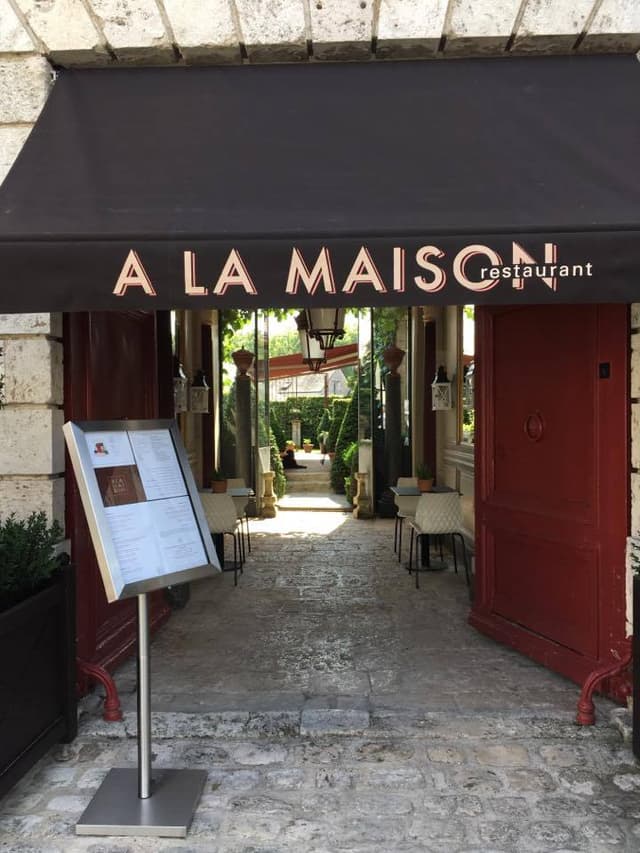
18. Château de Talcy
Saving Castles Regal Ranking 5/10 👑
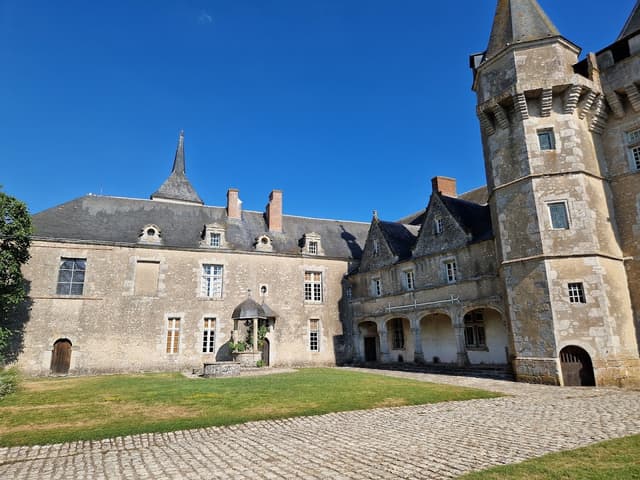
📜 Château de Talcy's History & Visitor Experience:
The château is notable for its relatively modest size and simple elegance, standing in contrast to some of the more opulent castles in the region. Its architecture is characterized by a harmonious blend of medieval and Renaissance styles, featuring a central corps de logis flanked by two wings and corner towers. The exterior is adorned with large windows, reflecting the transition from defensive fortresses to more comfortable residences.
Talcy is particularly famous for its literary connections. It was here that Pierre de Ronsard, the renowned Renaissance poet, fell in love with Cassandre Salviati, the daughter of the château's owner, inspiring some of his most beautiful love poems. The castle also boasts remarkably well-preserved interiors, including period furniture, tapestries, and a rare 16th-century kitchen. Its gardens, while not extensive, feature an orchard with ancient varieties of fruit trees. Today, Château de Talcy offers visitors a genuine glimpse into the life of the lesser nobility during the French Renaissance, preserving an authentic atmosphere of a bygone era.
🎫 Recommended Tickets & Tours:
🛏️ Lodging Near Château de Talcy:
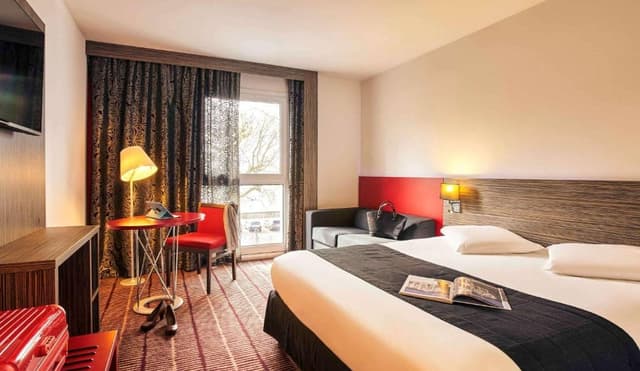
🍽️ Dining Near Château de Talcy:
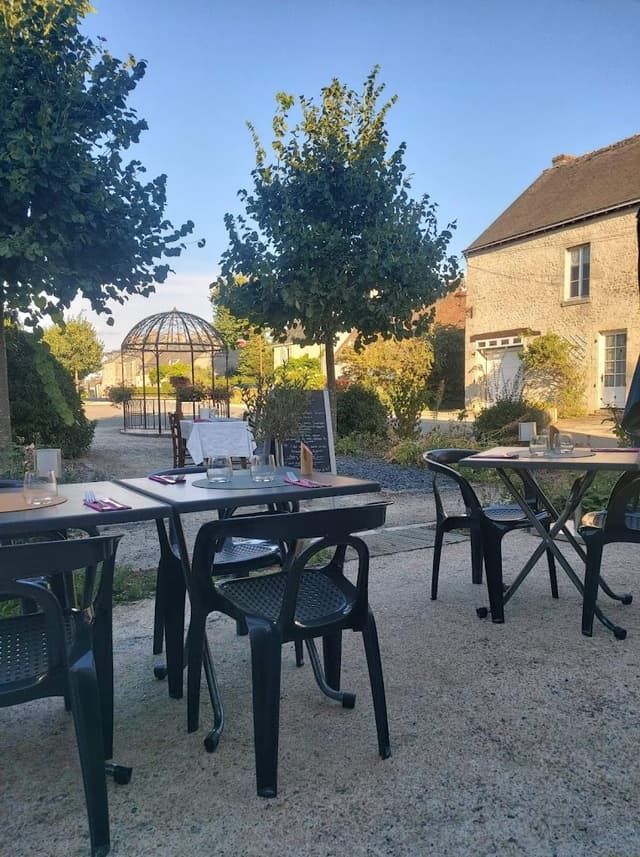
19. Château de Troussay
Saving Castles Regal Ranking 5/10 👑
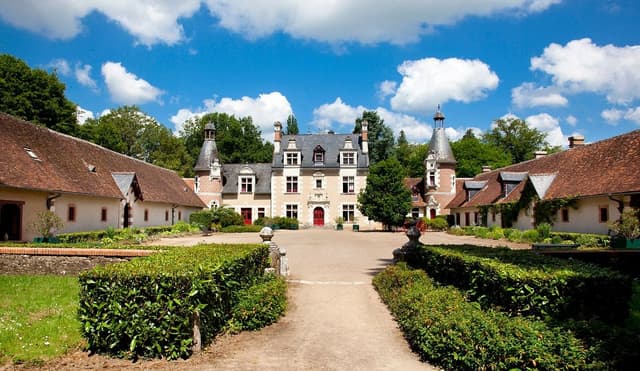
📜 Château de Troussay's History & Visitor Experience:
Château de Troussay, located in the Loire Valley near Cheverny, is known as the smallest château in the region. Built in the 15th century and extensively renovated in the 19th century, it offers a charming and intimate glimpse into French château life. Troussay offers a unique, personal glimpse into Loire Valley nobility life. Its lesser-known status ensures a quieter, more reflective visitor experience, ideal for those seeking off-the-beaten-path destinations.
The château's architecture is a delightful blend of Renaissance and 19th-century Romantic styles. Its modest size and picturesque appearance make it stand out among the grander castles of the Loire. The exterior features ornate carved stonework, turrets, and decorative chimneys, creating a fairy-tale-like atmosphere.
Troussay is renowned for its beautifully preserved interiors, which house an eclectic collection of furniture, artworks, and decorative objects spanning several centuries. The château's gardens, though small, are meticulously maintained and include a variety of rare and ancient trees. Today, Château de Troussay offers visitors a unique and personal experience of château life, showcasing the evolution of French architecture and design from the Renaissance to the 19th century in a compact and accessible format.
🎫 Recommended Tickets & Tours:
🛏️ Lodging Near Château de Troussay:
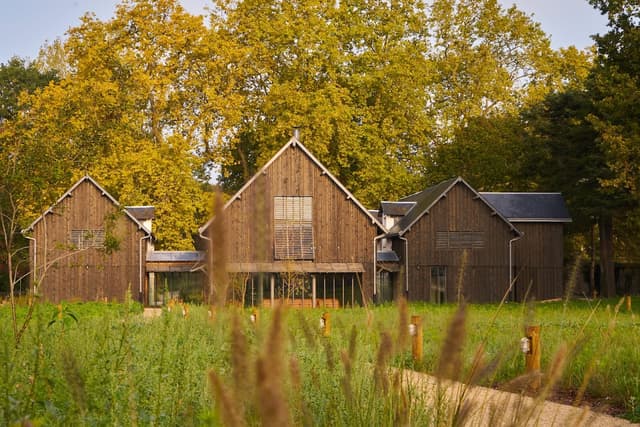
🍽️ Dining Near Château de Troussay:
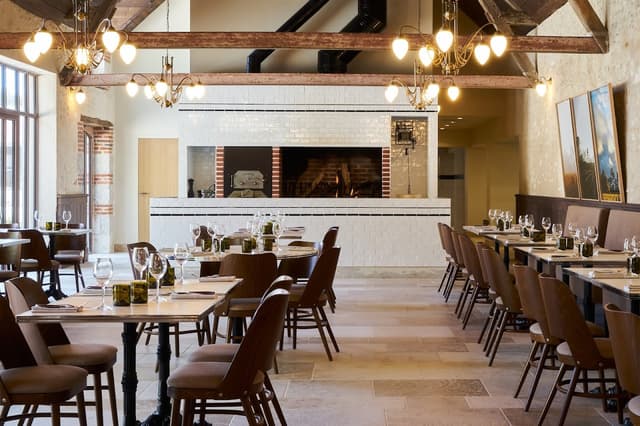
20. Château-musée de Gien
Saving Castles Regal Ranking 6/10 👑
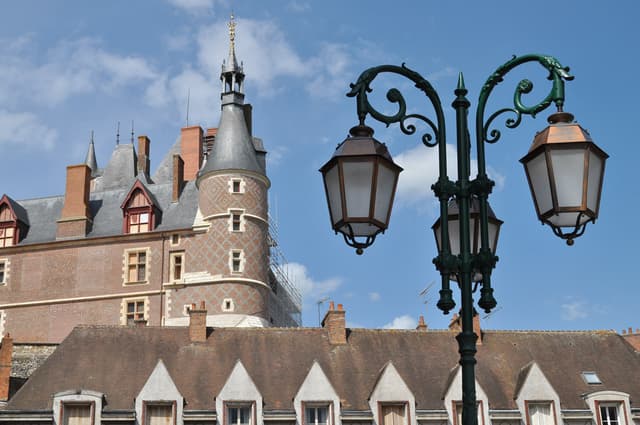
📜 Château-musée de Gien's History & Visitor Experience:
The Castle Museum of Gien, located in the Loire Valley, is housed in a magnificent Renaissance château that overlooks the Loire River. Originally built in the 15th century for Anne de Beaujeu, daughter of King Louis XI, the castle was extensively rebuilt and renovated in the late 19th century. While not as grand as some Loire châteaux, Gien's specialized museum and well-preserved Renaissance architecture offer a distinctive experience. Its niche focus makes it particularly appealing to hunting enthusiasts and those interested in natural history.
The château's architecture blends medieval and Renaissance styles, featuring elegant facades, large windows, and ornate decorations typical of the French Renaissance. Its elevated position offers panoramic views of the Loire River and the surrounding landscape, making it a prominent landmark in the region.
🎫 Recommended Tickets & Tours:
🛏️ Lodging Near Château-musée de Gien:
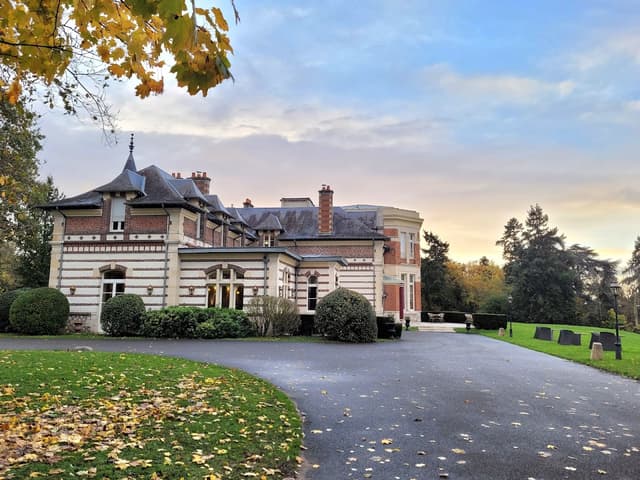
🍽️ Dining Near Château-musée de Gien:
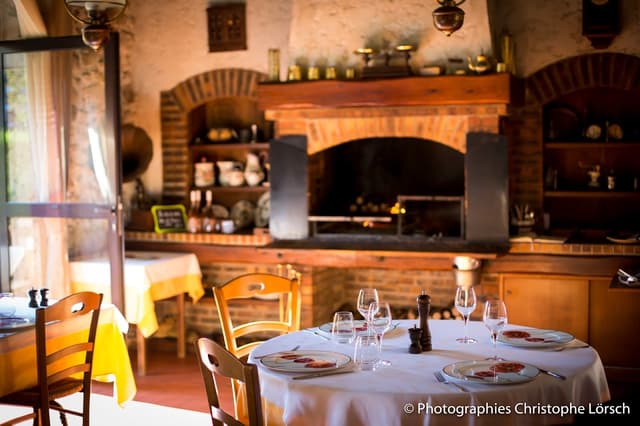
21. Château de Chateaudun
Saving Castles Regal Ranking 7/10 👑
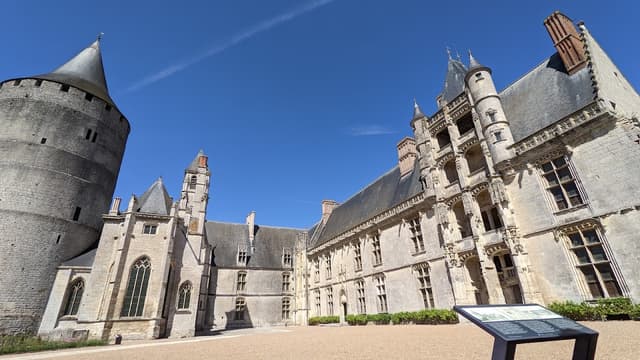
📜 Château de Chateaudun's History & Visitor Experience:
Château de Châteaudun, perched on a rocky spur overlooking the Loir River, is a remarkable blend of medieval fortress and Renaissance palace. Built between the 12th and 16th centuries, it represents a fascinating evolution of French castle architecture. While less famous than some Loire castles, Châteaudun's unique blend of military and residential architecture, coupled with its rich history, offers visitors a compelling journey through French castle evolution.
The château's most striking feature is its massive 12th-century keep, one of the tallest and best-preserved in France. This formidable structure stands in contrast to the elegant 15th-century Gothic wing and the 16th-century Renaissance wing, showcasing the castle's architectural transformation over time. The Sainte-Chapelle, built in the 15th century, is a jewel of Flamboyant Gothic style within the castle complex.
Historically, Châteaudun was the seat of the Counts of Dunois, most notably Jean de Dunois, companion of Joan of Arc and known as the "Bastard of Orléans." The castle's interiors feature impressive vaulted halls, grand fireplaces, and period furnishings that reflect its noble heritage. Today, visitors can explore the diverse architectural styles, from the austere medieval keep to the ornate Renaissance galleries, offering a comprehensive view of French castle evolution. The château's commanding position and architectural diversity make it a unique and less-crowded alternative to some of the more famous Loire Valley castles.
🎫 Recommended Tickets & Tours:
🛏️ Lodging Near Château de Chateaudun:
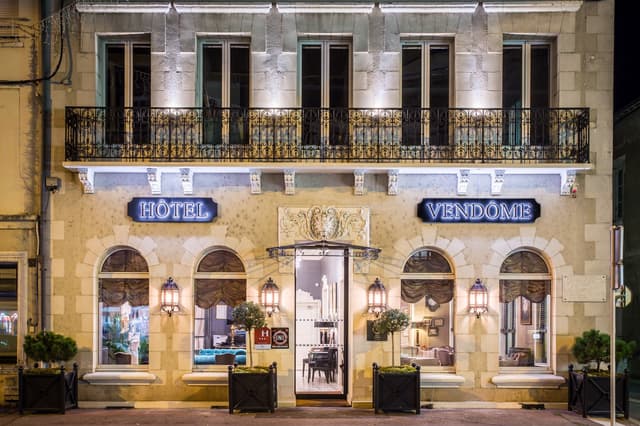
🍽️ Dining Near Château de Chateaudun:
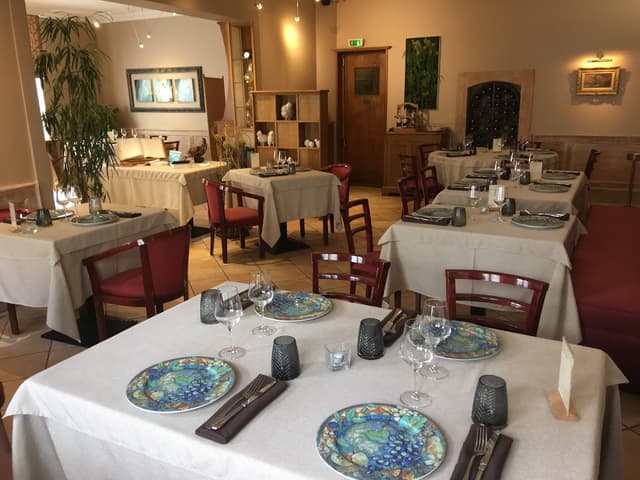
22. Château de Montresor
Saving Castles Regal Ranking 6/10 👑
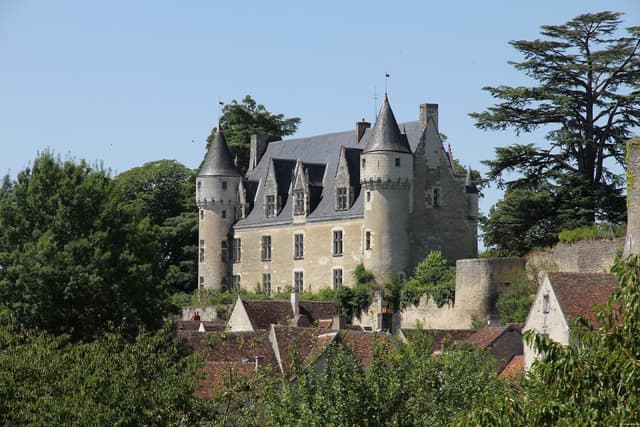
📜 Château de Montresor's History & Visitor Experience:
Château de Montrésor, nestled in the picturesque village of Montrésor in the Loire Valley, is a charming blend of medieval fortress and Renaissance palace. Built in the 11th century and extensively renovated in the 15th and 19th centuries, it offers a unique glimpse into different periods of French history. While smaller and less grand than famous Loire castles, Montrésor offers an intimate, authentic experience of French-Polish cultural fusion, making it a delightful discovery for discerning travelers.
The château's most striking feature is its dramatic setting atop a rocky outcrop overlooking the Indrois River and the village below. Its architecture combines elements of a medieval keep with later Renaissance additions, creating a harmonious and picturesque silhouette. The 11th-century tower and portions of the curtain wall stand as reminders of its original defensive purpose, while the later additions showcase more refined architectural details.
Interestingly, Château de Montrésor has a strong Polish connection. In the 19th century, it was purchased by Xavier Branicki, a Polish count in exile, who filled it with an impressive collection of art and historical artifacts. Today, the château's interiors offer a fascinating mix of Renaissance architecture and 19th-century decor, including paintings, furniture, and family mementos of the Branicki family. The surrounding village of Montrésor, classified as one of the "Most Beautiful Villages of France," adds to the charm of this lesser-known gem in the Loire Valley.
🎫 Recommended Tickets & Tours:
🛏️ Lodging Near Château de Montresor:
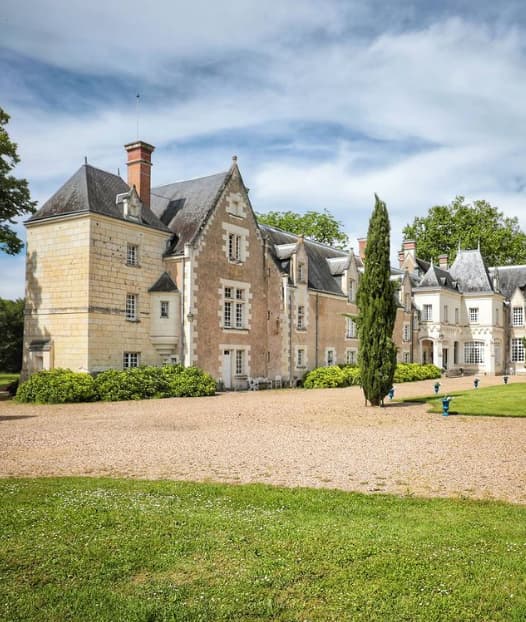
🍽️ Dining Near Château de Montresor:
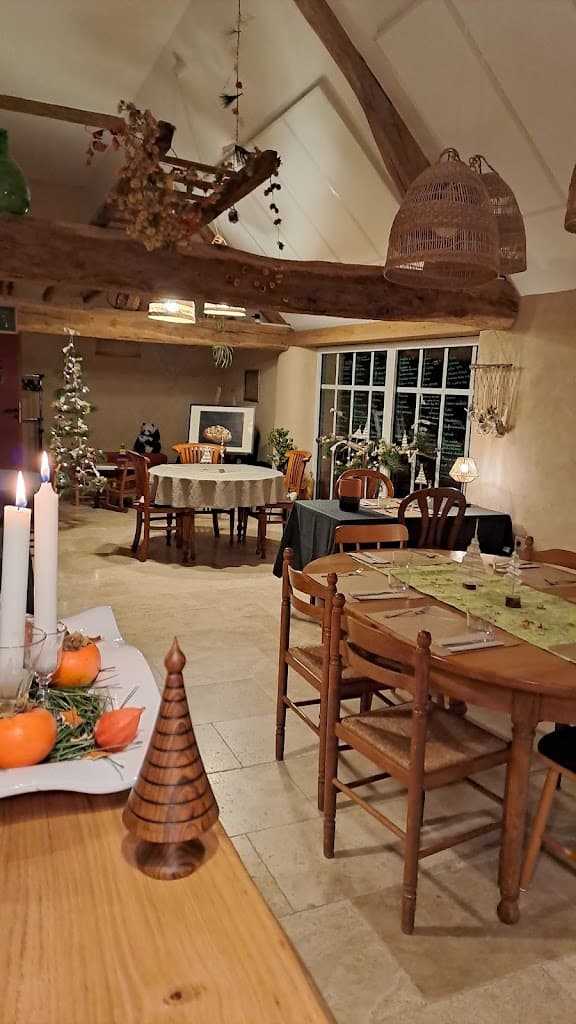
23. Château d'Ancy-le-Franc
Saving Castles Regal Ranking 7/10 👑
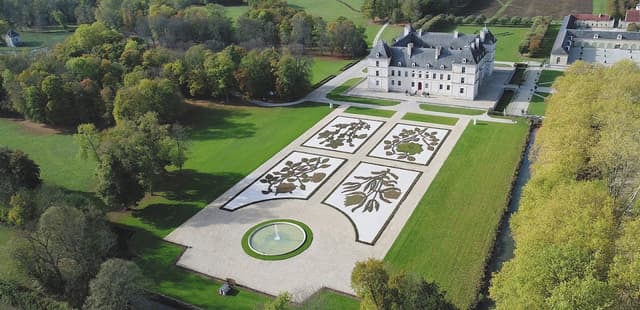
📜 Château d'Ancy-le-Franc's History & Visitor Experience:
Château d'Ancy-le-Franc, located in Burgundy, is one of the finest examples of Renaissance architecture in France. Built between 1542 and 1550 for Antoine III de Clermont, it was designed by the Italian architect Sebastiano Serlio, a contemporary of Michelangelo. While less famous than some Loire Valley castles, Ancy-le-Franc's architectural significance and well-preserved state offer visitors a unique glimpse into Renaissance grandeur. Its location in Burgundy provides a less crowded, yet equally rewarding château experience.
The château is renowned for its perfect symmetry and geometric precision, embodying the ideals of Italian Renaissance architecture. Its square plan, with four identical façades and corner pavilions, creates a harmonious and balanced appearance. The exterior is adorned with pilasters, cornices, and large windows, reflecting the shift from medieval fortresses to more open, light-filled residences.
Inside, Ancy-le-Franc houses one of the largest collections of Renaissance murals in France. The lavishly decorated rooms feature works by some of the most famous 16th and 17th-century French and Italian artists. The Salle des Fleurs (Flower Room) and the Chambre des Arts (Arts Chamber) are particularly noteworthy for their elaborate frescoes and paintings. Surrounded by formal French gardens and a landscaped park, Château d'Ancy-le-Franc stands as a masterpiece of Renaissance art and architecture, offering visitors a glimpse into the refined aesthetics of 16th-century French nobility.
🎫 Recommended Tickets & Tours:
🛏️ Lodging Near Château d'Ancy-le-Franc:
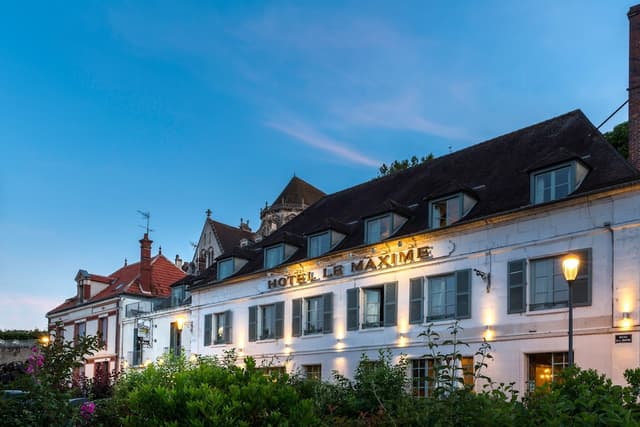
🍽️ Dining Near Château d'Ancy-le-Franc:
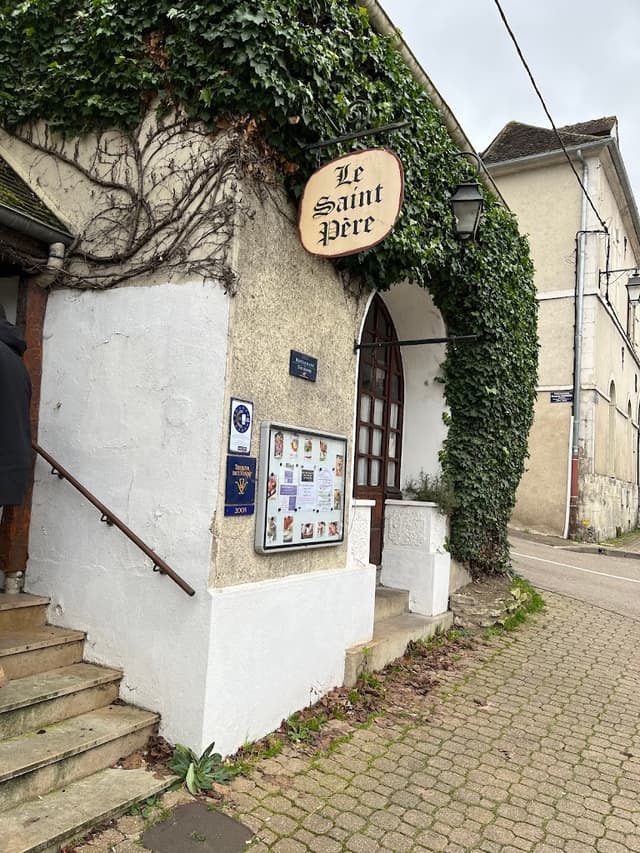
24. Château de Tanlay
Saving Castles Regal Ranking 6/10 👑
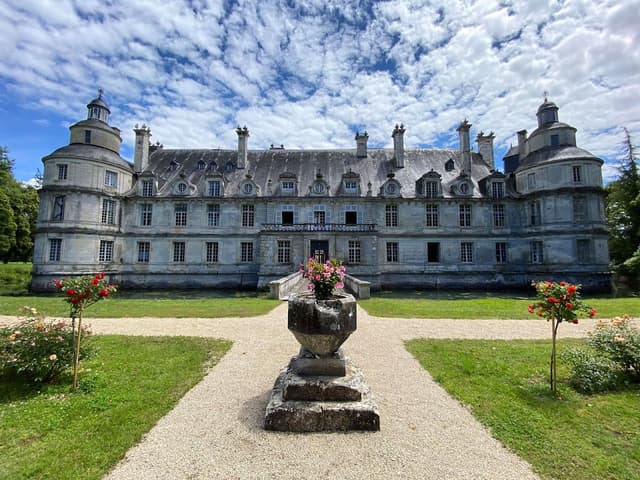
📜 Château de Tanlay's History & Visitor Experience:
Château de Tanlay, located in Burgundy, is one of the finest examples of Renaissance architecture in France. Built in the 16th and early 17th centuries, it represents the transition from medieval fortified castles to elegant country residences. While less famous than some Burgundian peers, Tanlay offers a serene and authentic 16th-century castle experience. The château's connection to the Coligny family and the French Wars of Religion provides interesting historical context, making it a rewarding visit for history enthusiasts.
The château is renowned for its harmonious design and picturesque setting. Surrounded by water-filled moats, it presents a striking reflection in the still waters, creating a romantic and serene atmosphere. The castle's architecture features elegant proportions, large windows, and ornate decorations typical of the French Renaissance style. Its most distinctive features include the two circular towers flanking the entrance and the long gallery connecting the main building to the entrance pavilion.
Inside, Château de Tanlay boasts beautifully preserved interiors, including the famous Ligue Gallery with its trompe l'oeil frescoes depicting figures from the Wars of Religion. The château also houses an impressive collection of period furniture and artworks. Historically, Tanlay is significant as it was owned by the Coligny family, leaders of the Protestant faction during the French Wars of Religion. Today, the château, with its beautiful gardens and park, offers visitors a serene and elegant example of Renaissance architecture and design, less crowded than some of the more famous Loire Valley castles.
🎫 Recommended Tickets & Tours:
🛏️ Lodging Near Château de Tanlay:

🍽️ Dining Near Château de Tanlay:
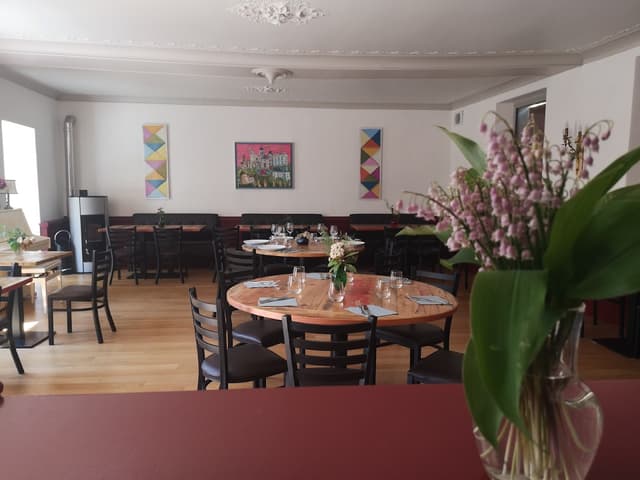
25. Château de Bussy-Rabutin
Saving Castles Regal Ranking 6/10 👑
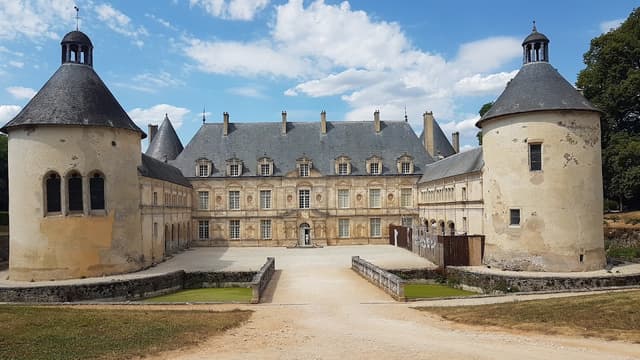
📜 Château de Bussy-Rabutin's History & Visitor Experience:
Château de Bussy-Rabutin, located in Burgundy, is a unique and fascinating example of a 17th-century French château. Built in the 12th century and extensively renovated in the 17th century, it is renowned for its remarkable interiors that reflect the wit and personality of its most famous owner, Roger de Rabutin, Count of Bussy. While smaller than some famous castles, Bussy-Rabutin's blend of history, literature, and art provides a distinctive and engaging visitor experience. Its off-the-beaten-path location in Burgundy offers a less crowded exploration of French aristocratic life.
The château's architecture combines elements of medieval fortification with later Renaissance and Classical additions. Its exterior features a mix of styles, including round towers from its earlier defensive purpose and large windows added during later renovations. The overall effect is a harmonious blend of different architectural periods.
What truly sets Bussy-Rabutin apart is its interior decoration. After being exiled from the court of Louis XIV, Count Roger de Rabutin spent his time decorating the château with an extensive series of paintings and witty inscriptions. These decorations, which cover the walls of many rooms, include portraits of famous figures from French history, mythological scenes, and satirical commentaries on court life and his contemporaries. This unique collection offers visitors a rare and personal insight into 17th-century French aristocratic culture and the mind of a talented, albeit disgraced, nobleman. Today, Château de Bussy-Rabutin stands as a captivating museum of 17th-century art and social commentary, set within the beautiful landscape of Burgundy.
🎫 Recommended Tickets & Tours:
🛏️ Lodging Near Château de Bussy-Rabutin:
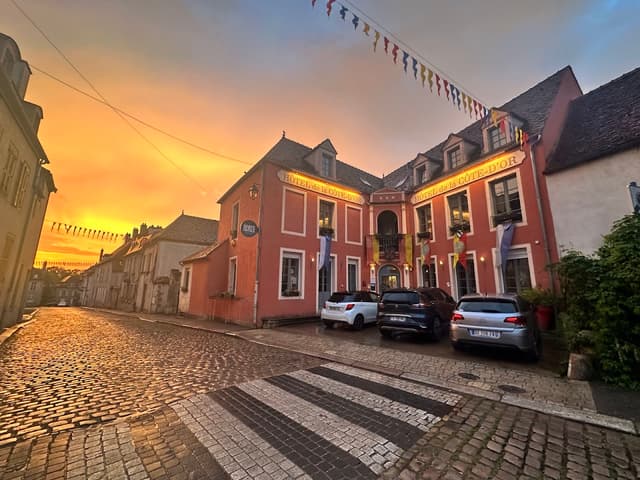
🍽️ Dining Near Château de Bussy-Rabutin:
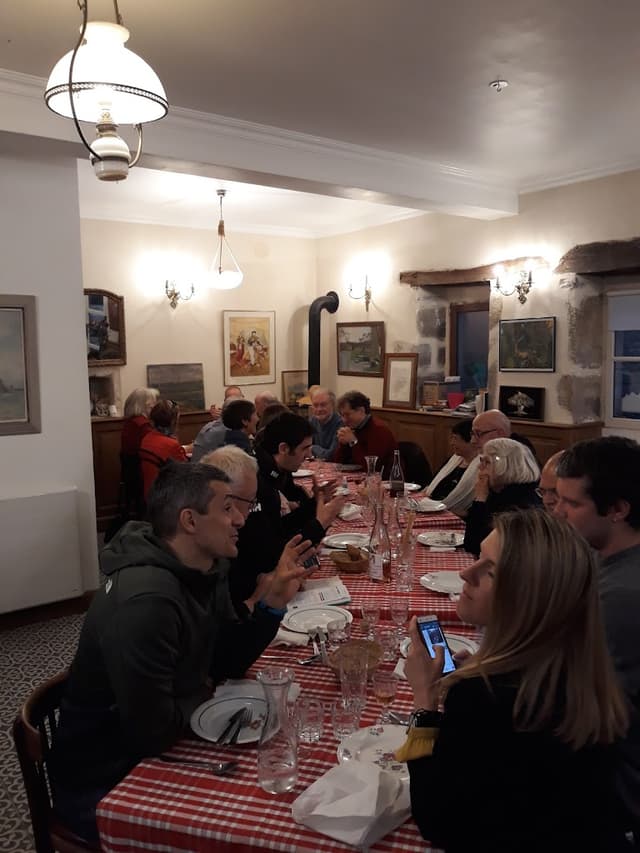
26. Château de Brézé
Saving Castles Regal Ranking 7/10 👑
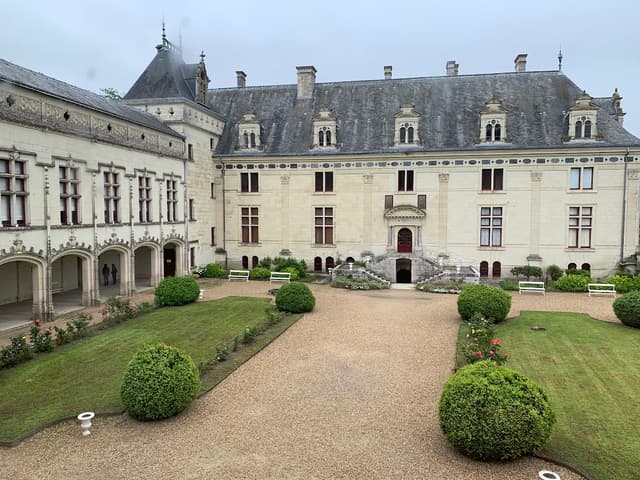
📜 Château de Brézé's History & Visitor Experience:
Château de Brézé, located in the Loire Valley, is a unique and fascinating example of French castle architecture. While its above-ground structure is impressive, it's the castle's underground fortifications that make it truly remarkable. Brézé's extensive network of underground tunnels and rooms, used for defense and winemaking, provides an unparalleled subterranean castle experience. While less known than some Loire Valley castles, its distinctive underground complex and rich viticultural history make it a standout destination for adventurous visitors.
The visible château, largely rebuilt in the 19th century in the Neo-Renaissance style, presents an elegant façade with ornate windows, pointed roofs, and decorative chimneys. This above-ground structure sits atop a vast network of underground passages and rooms carved into the soft limestone bedrock, dating back to the 11th century.
These subterranean fortifications are among the largest in Europe, featuring deep, dry moats (some as deep as 18 meters), underground living quarters, defensive positions, and even a complete underground silk farm. This "château sous terre" (underground castle) offered protection during sieges and invasions. Today, visitors can explore both the refined above-ground château and the extensive underground network, providing a unique perspective on medieval defensive architecture and the evolution of French castles. Château de Brézé also boasts a long history of wine production, with its vineyards producing renowned Saumur wines. This combination of architectural uniqueness, historical significance, and viticulture makes Château de Brézé a distinctive and intriguing destination in the Loire Valley.
🎫 Recommended Tickets & Tours:
🛏️ Lodging Near Château de Brézé:

🍽️ Dining Near Château de Brézé:
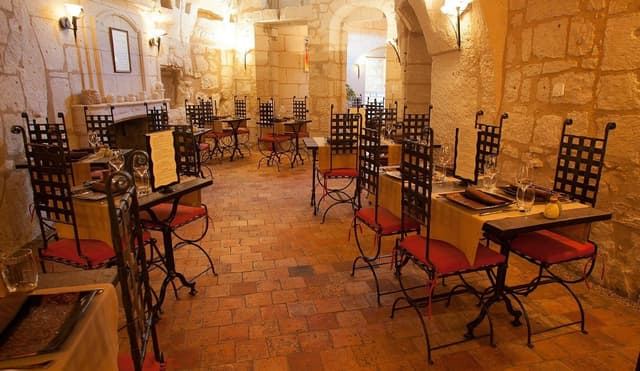
27. Château de Fougères-sur-Bièvre
Saving Castles Regal Ranking 7/10 👑
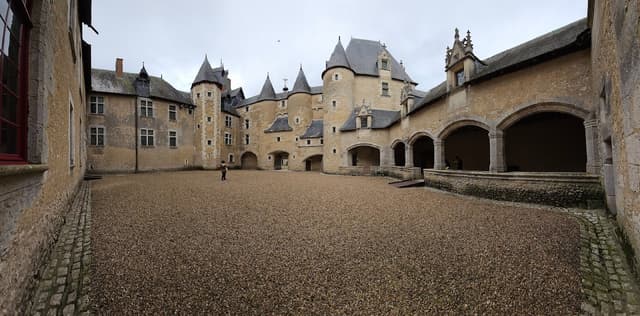
📜 Château de Fougères-sur-Bièvre's History & Visitor Experience:
Château de Fougères-sur-Bièvre, located in the Loire Valley, is a well-preserved example of a late medieval fortress that evolved into a Renaissance-era residence. Built in the late 15th century, it represents the transition period between defensive medieval castles and the more ornate châteaux of the Renaissance. The visitor experience is enhanced by informative exhibits and beautiful gardens. Accessibility is good, making it a delightful destination for history and architecture enthusiasts exploring the Loire Valley.
The castle's architecture retains many features of a medieval fortress, including a imposing square keep, machicolations, and arrow slits. However, it also incorporates elements that reflect the changing styles of the early Renaissance, such as large windows and more comfortable living spaces. This blend of military architecture and residential comfort makes Fougères-sur-Bièvre a fascinating study in the evolution of French castle design.
One of the château's most striking features is its main courtyard, enclosed by high walls and dominated by the square keep. The interior of the castle, though modestly furnished, offers insight into the daily life of the minor nobility in the late Middle Ages and early Renaissance. Surrounded by a small moat and gardens, Château de Fougères-sur-Bièvre provides visitors with an authentic and intimate experience of a smaller, less grandiose castle typical of the lesser nobility in the Loire Valley. Its well-preserved state and lack of later major modifications make it an excellent example of the architectural transition occurring in France at the end of the 15th century.
🎫 Recommended Tickets & Tours:
🛏️ Lodging Near Château de Fougères-sur-Bièvre:

🍽️ Dining Near Château de Fougères-sur-Bièvre:

28. Château de Loches
Saving Castles Regal Ranking 8/10 👑
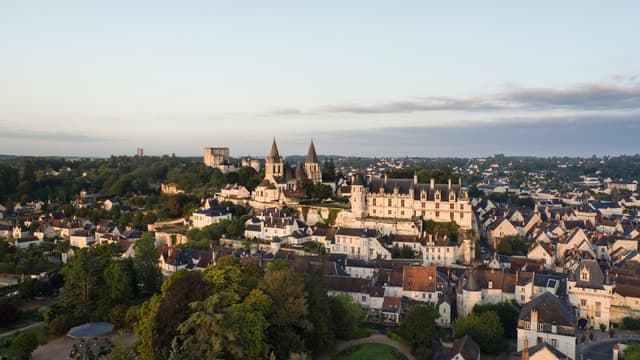
📜 Château de Loches's History & Visitor Experience:
Château de Loches, perched on a rocky spur overlooking the Indre River in the Loire Valley, is one of the best-preserved medieval fortresses in France. Its history spans over a millennium, with construction beginning in the 9th century and continuing through the Middle Ages. The visitor experience is excellent, with guided tours, historical exhibits, and beautiful views of the Indre River. Accessibility is good, making it a must-visit for history and architecture enthusiasts exploring the Loire Valley.
The castle complex is divided into two main parts: the royal lodgings and the keep. The massive 11th-century keep, standing at 36 meters high, is one of the oldest and best-preserved in Europe. It served both as a stronghold and a prison, housing notable captives including John II, Duke of Alençon, and Ludovico Sforza, Duke of Milan.
The royal lodgings, added in the 14th and 15th centuries, showcase the transition from medieval fortress to Renaissance palace. These include the Louis XII lodge and the ornate loggia of Anne of Brittany. The château played a significant role in French history, particularly during the Hundred Years' War and as a favorite residence of King Charles VII and Joan of Arc.
Today, visitors can explore the imposing medieval architecture, walk the ramparts for panoramic views, and visit the dungeons and royal apartments. The town of Loches itself, with its well-preserved medieval streets and buildings, complements the castle perfectly. Château de Loches offers a compelling journey through French medieval history, from its military origins to its later role as a royal residence.
🎫 Recommended Tickets & Tours:
🛏️ Lodging Near Château de Loches:
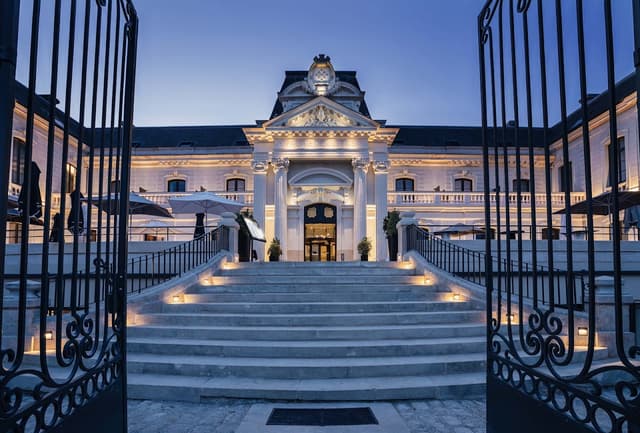
🍽️ Dining Near Château de Loches:
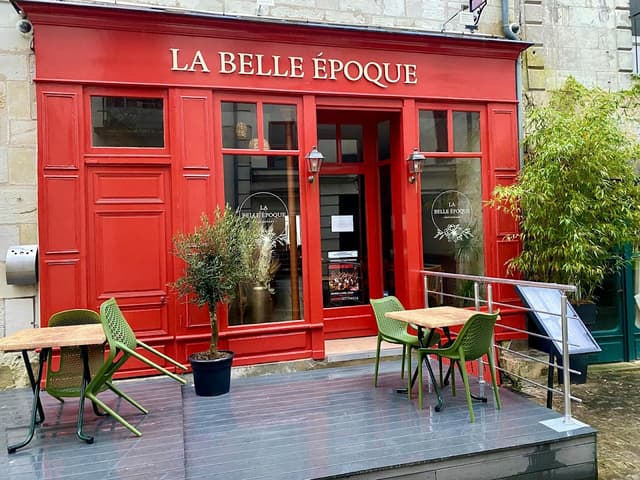
29. Forteresse Royale de Chinon
Saving Castles Regal Ranking 9/10 👑
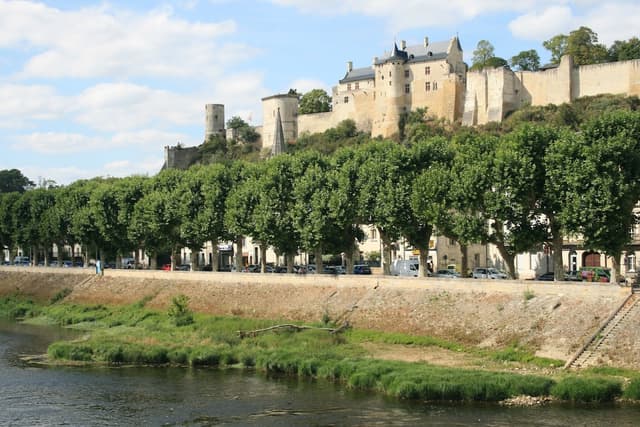
📜 Forteresse Royale de Chinon's History & Visitor Experience:
The Forteresse Royale de Chinon, overlooking the Vienne River in the Loire Valley, is a magnificent example of medieval military architecture and a site of great historical significance. Built primarily between the 11th and 15th centuries, it spans nearly 400 meters along a rocky outcrop. The well-preserved structures, interactive exhibits, and stunning views of the Vienne River enhance the visitor experience. Accessibility is good, making it a premier destination for history enthusiasts and those exploring the Loire Valley.
The fortress is composed of three distinct areas: the Fort Saint-Georges, the Château du Milieu (Middle Castle), and the Fort du Coudray. Each section represents different periods of construction and served various purposes throughout its history. The castle's impressive defenses include massive walls, towers, and a deep dry moat.
Chinon played a crucial role in French history, particularly during the Hundred Years' War. It was here in 1429 that Joan of Arc first met the future King Charles VII, a pivotal moment in French history. The castle also served as a favorite residence of Henry II of England and his son, Richard the Lionheart.
In recent years, the fortress has undergone extensive restoration and now features modern multimedia exhibits that bring its rich history to life. Visitors can explore the royal quarters, walk along the ramparts for panoramic views of the town and river, and delve into the castle's dungeons and towers. The Forteresse Royale de Chinon offers a compelling journey through medieval French history, from the Plantagenet kings to the Valois dynasty, set against the backdrop of impressive military architecture.
🎫 Recommended Tickets & Tours:
🛏️ Lodging Near Forteresse Royale de Chinon:
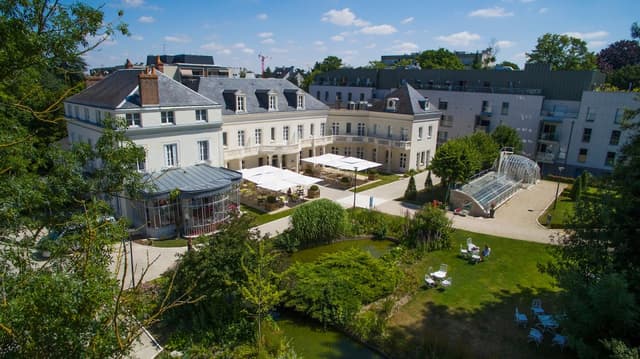
🍽️ Dining Near Forteresse Royale de Chinon:
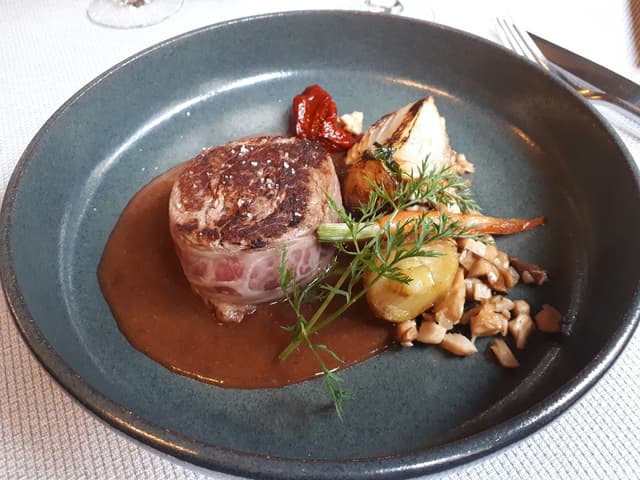
30. Château de Montpoupon
Saving Castles Regal Ranking 7/10 👑
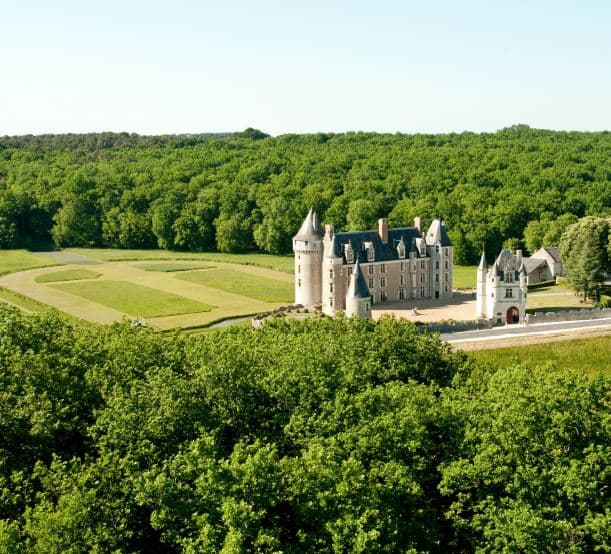
📜 Château de Montpoupon's History & Visitor Experience:
Château de Montpoupon, located in the Loire Valley near Céré-la-Ronde, is a charming and well-preserved example of French Renaissance architecture. Originally built as a medieval fortress in the 13th century, it was transformed into an elegant residence during the 16th and 17th centuries, retaining some of its defensive features while incorporating more comfortable and ornate elements. Visitor experience is enriched by informative exhibits and guided tours. Accessibility is good, making it an appealing destination for those interested in French history, hunting traditions, and architecture.
The château is particularly notable for its excellent state of preservation and its intimate atmosphere, offering visitors a glimpse into the daily life of the French nobility over the centuries. Its architecture features a harmonious blend of medieval and Renaissance styles, with an impressive round tower, elegant windows, and a picturesque courtyard. The interiors are richly furnished with period pieces, providing an authentic representation of aristocratic living from the 16th to the 19th centuries.
🎫 Recommended Tickets & Tours:
🛏️ Lodging Near Château de Montpoupon:
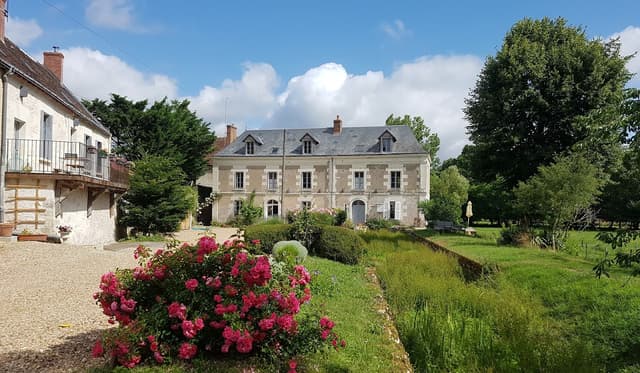
🍽️ Dining Near Château de Montpoupon:
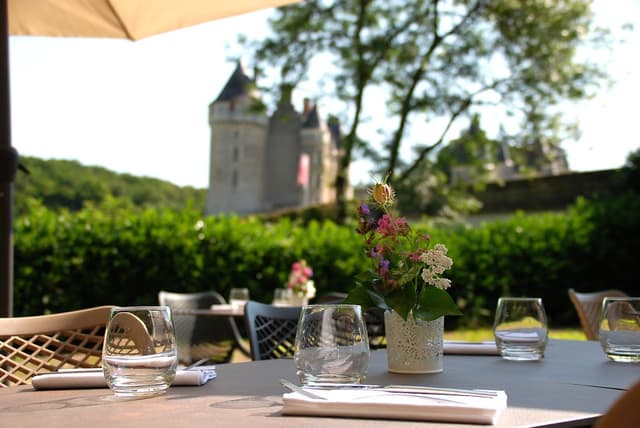
31. Château de Joux
Saving Castles Regal Ranking 8/10 👑
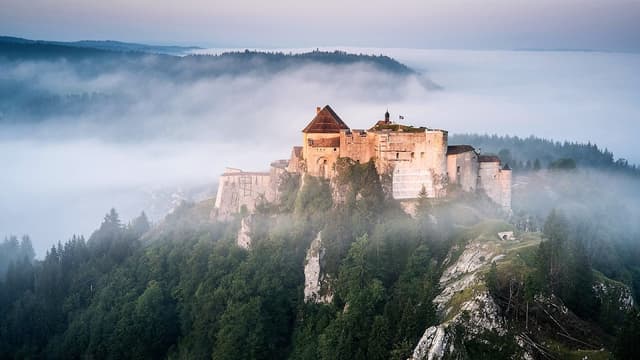
📜 Château de Joux's History & Visitor Experience:
Château de Joux, perched high in the Jura Mountains near Pontarlier, France, is a remarkable fortress with a history spanning over a thousand years. Originally built in the 11th century, it was continuously modified and expanded until the 19th century, resulting in a unique blend of medieval, Renaissance, and modern military architecture. The visitor experience is enhanced by guided tours, historical exhibits, and stunning views of the surrounding landscape. Accessibility is reasonable, making it a fascinating destination for history and architecture enthusiasts.
The castle's strategic location on a rocky spur made it a key defensive stronghold controlling the passage between France and Switzerland. Its architecture reflects this military importance, featuring thick walls, imposing towers, and a series of five concentric fortification rings. The castle's evolution over time is visible in its various architectural elements, from the medieval keep to the 18th and 19th-century artillery platforms.
Throughout its history, Château de Joux served not only as a military fortification but also as a state prison. Its most famous prisoner was Toussaint Louverture, the leader of the Haitian Revolution, who died there in 1803. Today, the castle is open to the public as a museum, offering visitors a journey through French military architecture and history. Its dramatic setting in the mountains, combined with its rich historical significance, makes Château de Joux a fascinating destination for those interested in fortifications and French history.
🎫 Recommended Tickets & Tours:
🛏️ Lodging Near Château de Joux:
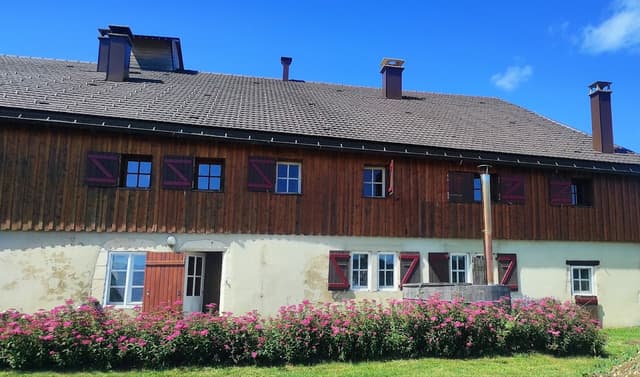
🍽️ Dining Near Château de Joux:
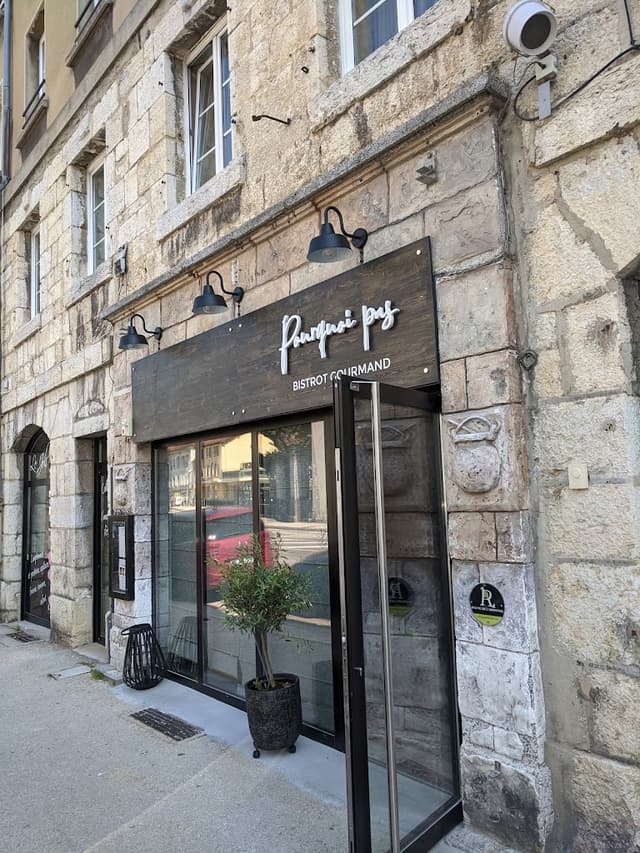
32. Château de Ray-sur-Saône
Saving Castles Regal Ranking 7/10 👑
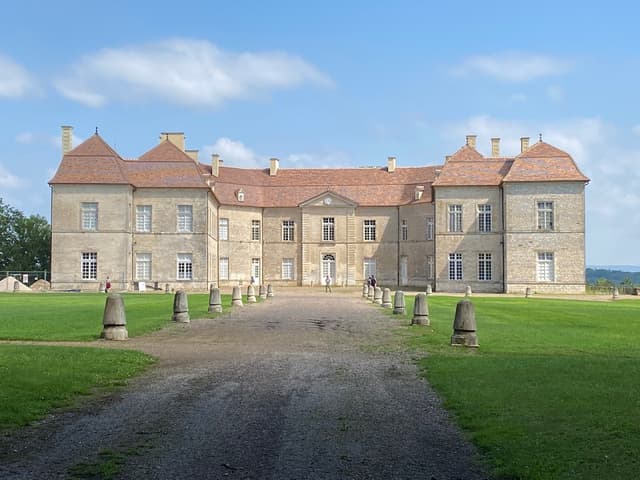
📜 Château de Ray-sur-Saône's History & Visitor Experience:
Château de Ray-sur-Saône, located in the Haute-Saône department of eastern France, is a picturesque château with a rich history dating back to the medieval period. Perched on a hill overlooking the Saône River, it offers stunning views of the surrounding landscape. The visitor experience is enriched by guided tours and the serene, scenic surroundings. Accessibility is good, making it an appealing destination for those interested in French history and architecture.
The castle's architecture reflects various periods of French history, with elements ranging from its medieval origins to later Renaissance and Classical additions. Its most striking features include a 13th-century keep, elegant 18th-century wings, and a charming chapel. The château's evolution over the centuries provides visitors with a visual journey through French architectural styles.
Château de Ray-sur-Saône is particularly notable for its well-preserved interiors, which house an impressive collection of period furnishings, tapestries, and artworks. The castle gardens, redesigned in the 19th century in the English landscape style, add to the site's appeal. Today, the castle serves as a museum and cultural center, offering visitors a glimpse into the life of the French nobility while showcasing the region's history and artistic heritage.
🎫 Recommended Tickets & Tours:
🛏️ Lodging Near Château de Ray-sur-Saône:
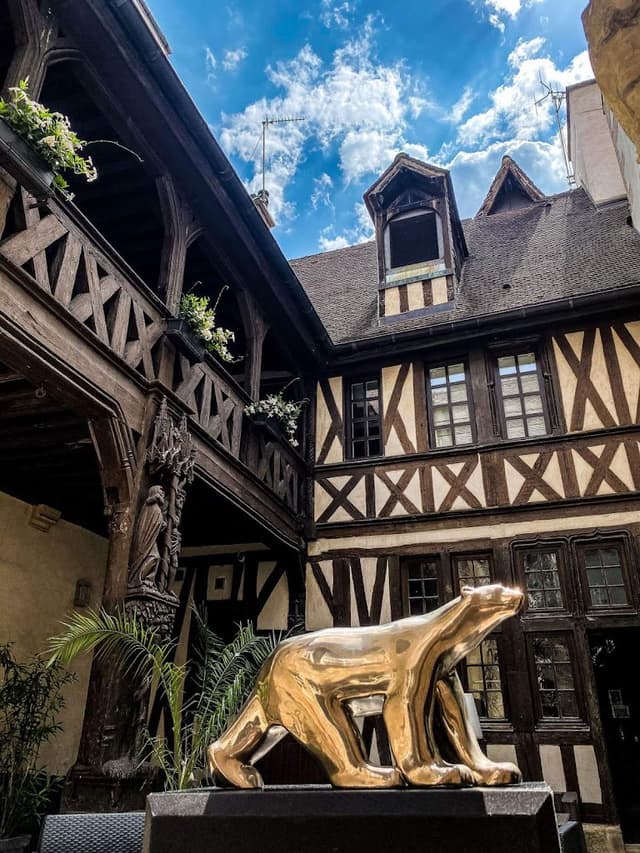
🍽️ Dining Near Château de Ray-sur-Saône:
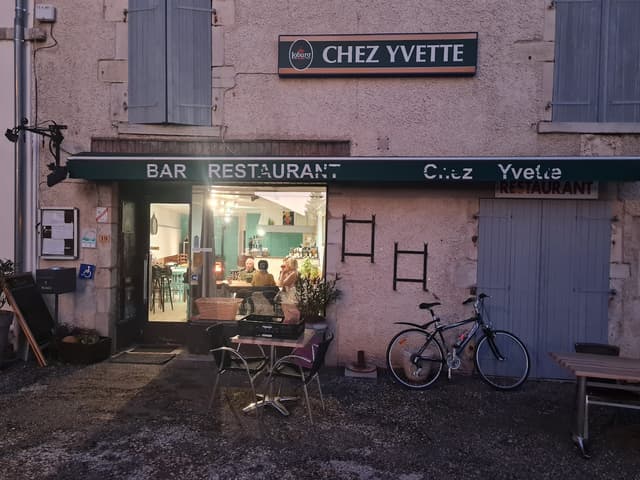
33. Château de Tournoël
Saving Castles Regal Ranking 7/10 👑
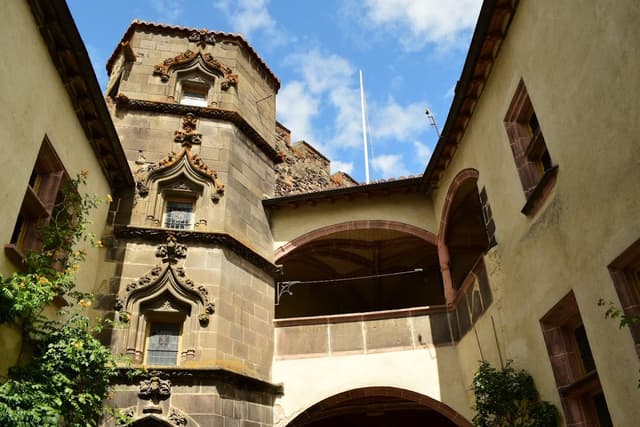
📜 Château de Tournoël's History & Visitor Experience:
Château de Tournoël, perched atop a volcanic hill in the Auvergne region of central France, is a striking example of medieval military architecture. Built in the 12th century and extensively modified in the 13th century, it stands as one of the best-preserved fortresses in the region. Visitor experience is enhanced by guided tours that delve into its rich history and architectural significance. Accessibility is reasonable, with some steep paths, making it a compelling destination for history and architecture enthusiasts.
The castle's most impressive feature is its massive square keep, rising to a height of 30 meters and offering panoramic views of the surrounding Limagne plain. The fortress incorporates advanced defensive elements for its time, including a double curtain wall, machicolations, and arrow slits. Its strategic position made it a key stronghold in the region during the Middle Ages.
Today, Château de Tournoël has been meticulously restored and is open to the public. Visitors can explore its well-preserved medieval interiors, including the great hall, chapel, and living quarters, which offer insights into life in a medieval fortress. The castle also houses exhibitions on medieval warfare and architecture. Its dramatic setting and excellent state of preservation make Château de Tournoël a compelling destination for those interested in medieval military history and architecture.
🎫 Recommended Tickets & Tours:
🛏️ Lodging Near Château de Tournoël:
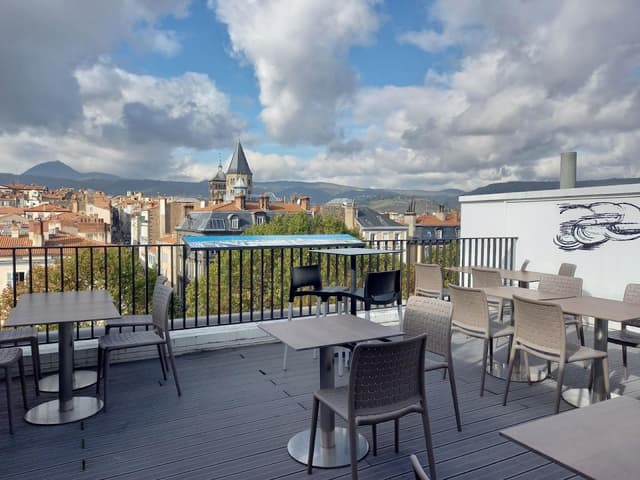
🍽️ Dining Near Château de Tournoël:
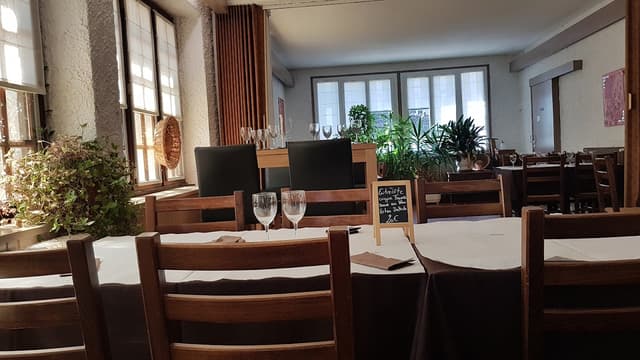
34. Château de Virieu
Saving Castles Regal Ranking 8/10 👑
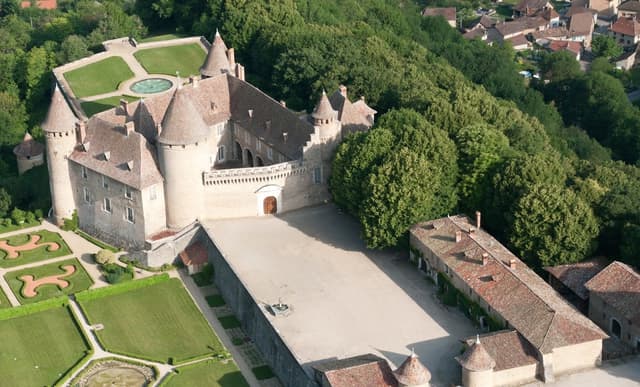
📜 Château de Virieu's History & Visitor Experience:
Château de Virieu, located in the Isère department of southeastern France, is a beautiful example of medieval and Renaissance architecture. Built in the 11th century and significantly modified over the centuries, it offers visitors a journey through different periods of French history. Visitor experience is enhanced by guided tours and informative exhibits that explore its rich history. Accessibility is good, making it an attractive destination for those interested in French medieval architecture and history.
The castle's most striking features include its impressive towers, elegant Renaissance windows, and a remarkable 17th-century kitchen complete with its original fittings. The Great Hall, adorned with family portraits and period furniture, provides a glimpse into the life of French nobility over the centuries. One of the castle's unique elements is its private chapel, featuring stunning 15th-century murals that have been carefully preserved.
Château de Virieu is surrounded by beautifully landscaped gardens, including a French-style formal garden and an English landscape park. The castle remains a private residence but is open to the public for guided tours, offering visitors an intimate look at a well-preserved historic château. Its blend of architectural styles, from medieval fortifications to Renaissance elegance, makes Château de Virieu a fascinating destination for those interested in the evolution of French castle architecture.
🎫 Recommended Tickets & Tours:
🛏️ Lodging Near Château de Virieu:
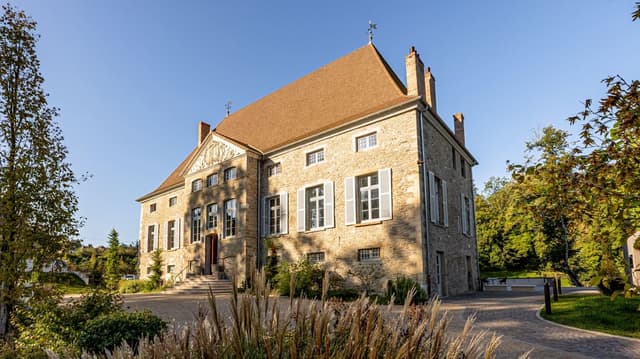
🍽️ Dining Near Château de Virieu:
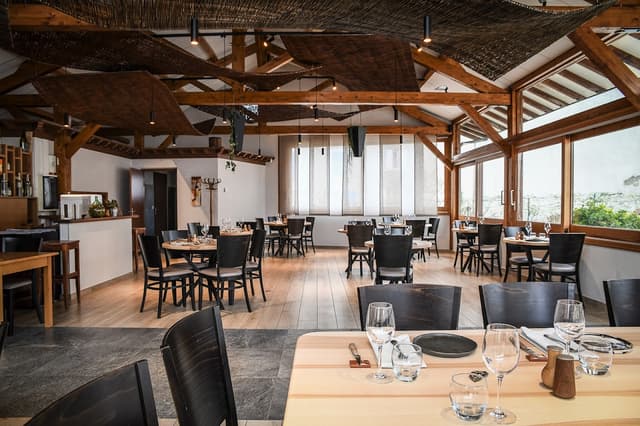
35. Château de Val
Saving Castles Regal Ranking 8/10 👑
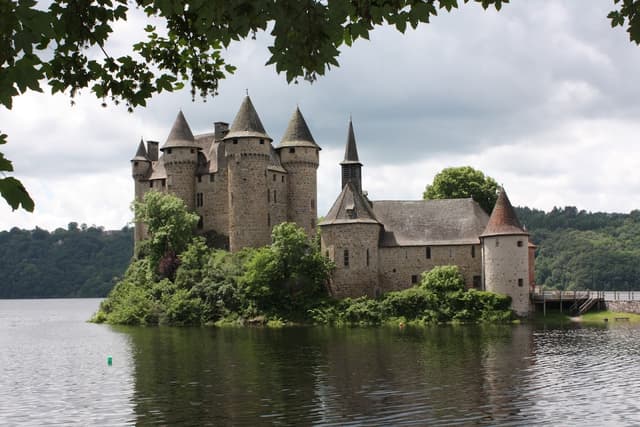
📜 Château de Val's History & Visitor Experience:
Château de Val is a picturesque medieval fortress located in the Auvergne region of central France, specifically in the commune of Lanobre. Built in the 15th century, it stands on a small peninsula jutting into the artificial lake of Bort-les-Orgues, creating a stunning and romantic setting. The visitor experience is enhanced by guided tours, cultural events, and stunning views of the lake and surrounding landscape. Accessibility is good, making it an appealing destination for history and architecture enthusiasts as well as nature lovers.
The castle's architecture is a classic example of late medieval defensive design, featuring six towers connected by curtain walls, creating a hexagonal shape. Its strategic location on a rocky outcrop, now surrounded by water on three sides, originally provided natural defenses. The castle's most distinctive feature is its pointed roofs covered in lauze (stone tiles), typical of the region's architecture.
Despite its formidable appearance, Château de Val was primarily a noble residence rather than a military stronghold. Today, it is open to the public and houses a museum showcasing period furniture and artworks. The castle's unique setting, surrounded by the tranquil waters of the lake and the rolling hills of Auvergne, makes it one of the most photographed castles in France. Its well-preserved state and picturesque location offer visitors a glimpse into medieval French architecture in a breathtakingly beautiful natural environment.
🎫 Recommended Tickets & Tours:
🛏️ Lodging Near Château de Val:
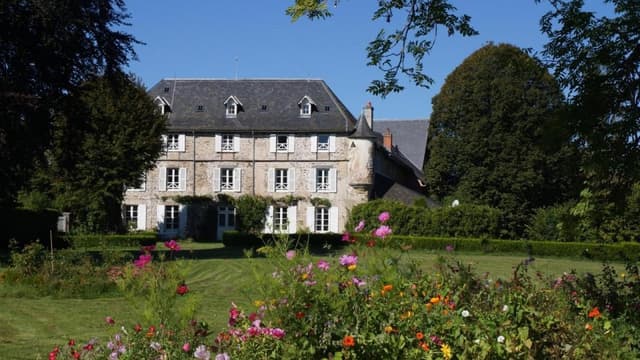
🍽️ Dining Near Château de Val:
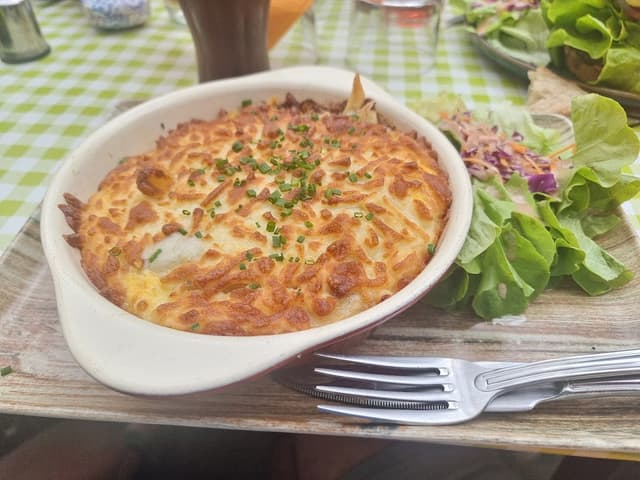
36. Château de l'Islette
Saving Castles Regal Ranking 8/10 👑
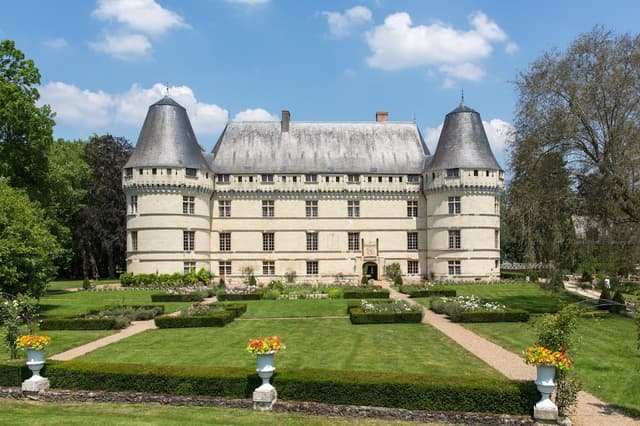
📜 Château de l'Islette's History & Visitor Experience:
Château de l'Islette, located in the Loire Valley near Azay-le-Rideau, is a charming Renaissance castle with a romantic history. Built in the 16th century, it's a smaller and less grandiose example of Loire Valley châteaux, offering a more intimate glimpse into French Renaissance architecture and lifestyle. The visitor experience is enhanced by guided tours and the opportunity to explore the serene surroundings. Accessibility is good, making it a delightful destination for those interested in French Renaissance architecture and history.
The château is particularly famous for its association with the sculptors Auguste Rodin and Camille Claudel, who used it as a secret retreat for their passionate and tumultuous love affair in the late 19th century. This connection adds a layer of artistic and romantic intrigue to the castle's history.
🎫 Recommended Tickets & Tours:
🛏️ Lodging Near Château de l'Islette:
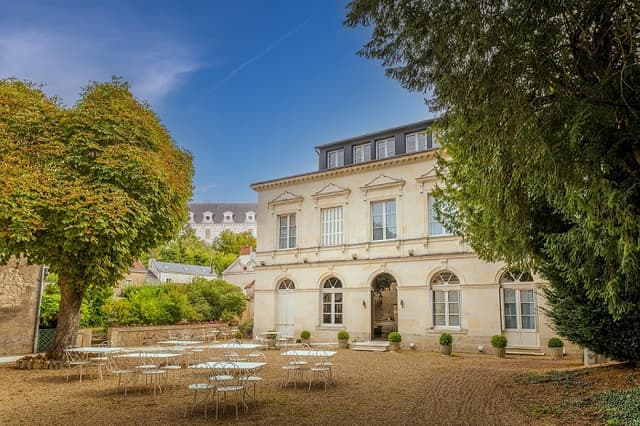
🍽️ Dining Near Château de l'Islette:
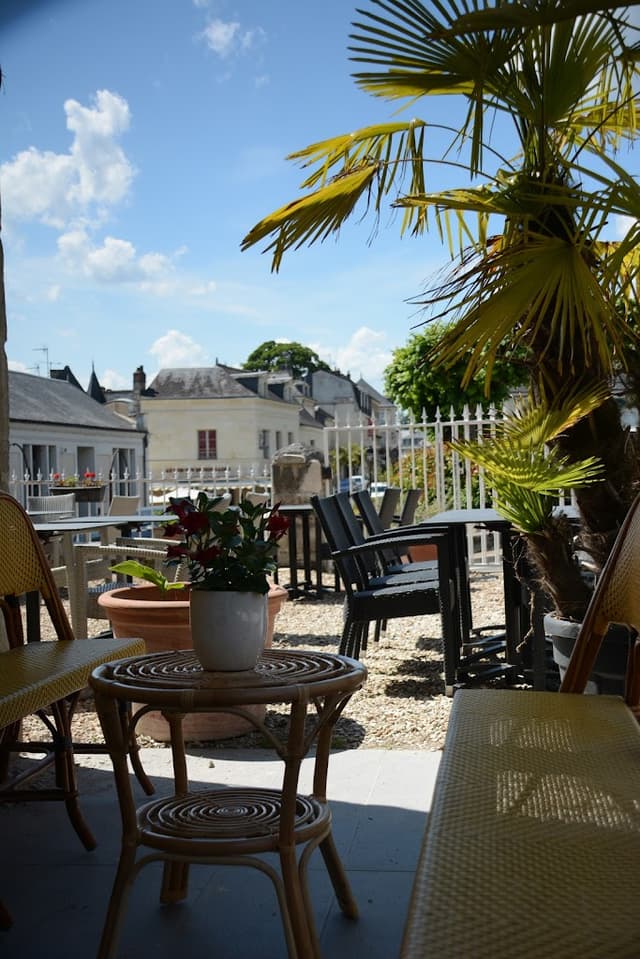
💡 Saving Castles Tips and Final Thoughts
We're thrilled you've chosen to explore the magnificent chateaux of France with us. Let's dive into some tips to make your chateau adventures truly unforgettable.
Planning Your Visit
First things first – planning your visit. It's always a good idea to book your tickets in advance, especially during the busy summer months. Don't forget to pack comfortable shoes – you'll be doing plenty of walking! – and maybe a light jacket. French weather can be lovely, but it can also be unpredictable, even in summer.
Timing is Everything
Speaking of weather, let's talk about timing. If you're after those picture-perfect shots without the crowds, try visiting early in the morning or later in the afternoon. The light is often magical during these times, perfect for capturing the chateau's grandeur against the backdrop of manicured French gardens.
Spring (April to mid-June): The Goldilocks season – not too hot, not too cold. Gardens burst into bloom, and you might catch the Loire Valley Wine Festival in May.
Summer (mid-June to August): Peak season with warm weather and long days. Perfect for château hopping, but book well in advance – these places fill up faster than a royal banquet table.
Fall (September to November): A photographer's dream with stunning foliage. Fewer crowds and cozy evenings by the fireplace. Don't miss the European Heritage Days in September for free entry to many sites.
Winter (December to March): Imagine snow-dusted châteaux straight out of a fairy tale. Some castles have limited hours, but you'll have them almost to yourself.
Photography Tips
Oh, and if you're into photography, don't miss the chance to snap some shots from unusual angles – maybe through an ornate window or framed by a perfectly trimmed topiary. The symmetry of French formal gardens often provides stunning photo opportunities.
Soaking in the History
Now, as you wander through these elegant halls, take a moment to soak in the history. Each stone has a story to tell. Did you know that some of these chateaux have hosted famous artists, been the backdrop for political intrigues, and even played roles in shaping French history? Ask the guides about the chateau's most famous (or infamous) residents – their tales are often more dramatic than any Hollywood script!
Family-Friendly Fun
If you're visiting with little ones, keep an eye out for the family-friendly activities many chateaux offer. From dressing up in period costumes to interactive exhibits about Renaissance life, there's plenty to keep young minds engaged. And don't worry if you hear a little one's excited chatter echoing through the grand salon – most chateau staff understand that enthusiasm can sometimes be a bit noisy!
Dining Options
Feeling peckish? Many chateaux have on-site cafes serving traditional French fare. It's a great opportunity to try local specialties or even sample wines from the chateau's own vineyards. If the weather's nice, why not pack a picnic? Just check if the chateau grounds allow it – some have designated picnic areas with views that'll make your baguette and cheese taste even better.
Supporting Conservation
As you explore, you might notice ongoing restoration work. Your visit actually helps fund these efforts to preserve these magnificent structures for future generations. If you're really passionate, ask about volunteer opportunities or how you can donate to specific projects.
Seasonal Events
Keep an eye on the chateau's event calendar too. Many host seasonal events like Christmas markets, summer concerts in the gardens, or historical reenactments. These can add an extra layer of magic to your visit.
Extra Costs to Consider
Meals: Budget €30-€100 per person for dinner (because château dining is an experience in itself)
Activities: Castle entry fees (€10-€20 each), wine tastings (€15-€50), tours (€50-€100)
Transportation: Car rental (€30-€70 per day) or train tickets (€20-€50 one-way from Paris)
Respecting the Past
Lastly, remember to be respectful of these historic buildings. Stick to marked paths, don't touch artifacts unless invited to, and be mindful of other visitors. These simple courtesies help ensure these chateaux remain standing for centuries to come.
We hope these tips help you make the most of your chateau tour. Each chateau is unique, with its own character and stories. So keep your eyes open, your imagination active, and get ready for a journey through French history and culture. Bon voyage!
Happy Exploring
Monte & Sixteen Schumacher
🗪 FAQs About Château Stays
Q: Are château hotels family-friendly?
Q: Do I need to speak French to enjoy a château stay?
A: While it's always appreciated to learn a few phrases, most château hotels cater to international guests. Staff typically speak English, and many offer services in multiple languages.
Q: What should I pack for a château stay?
A: Think "smart casual" with a touch of elegance. Pack comfortable walking shoes for exploring grounds, a swimsuit for pools or spas, and perhaps one dressier outfit for fine dining experiences.
Q: Can I visit châteaux if I'm not staying overnight?
The home for unique & authentic travel







